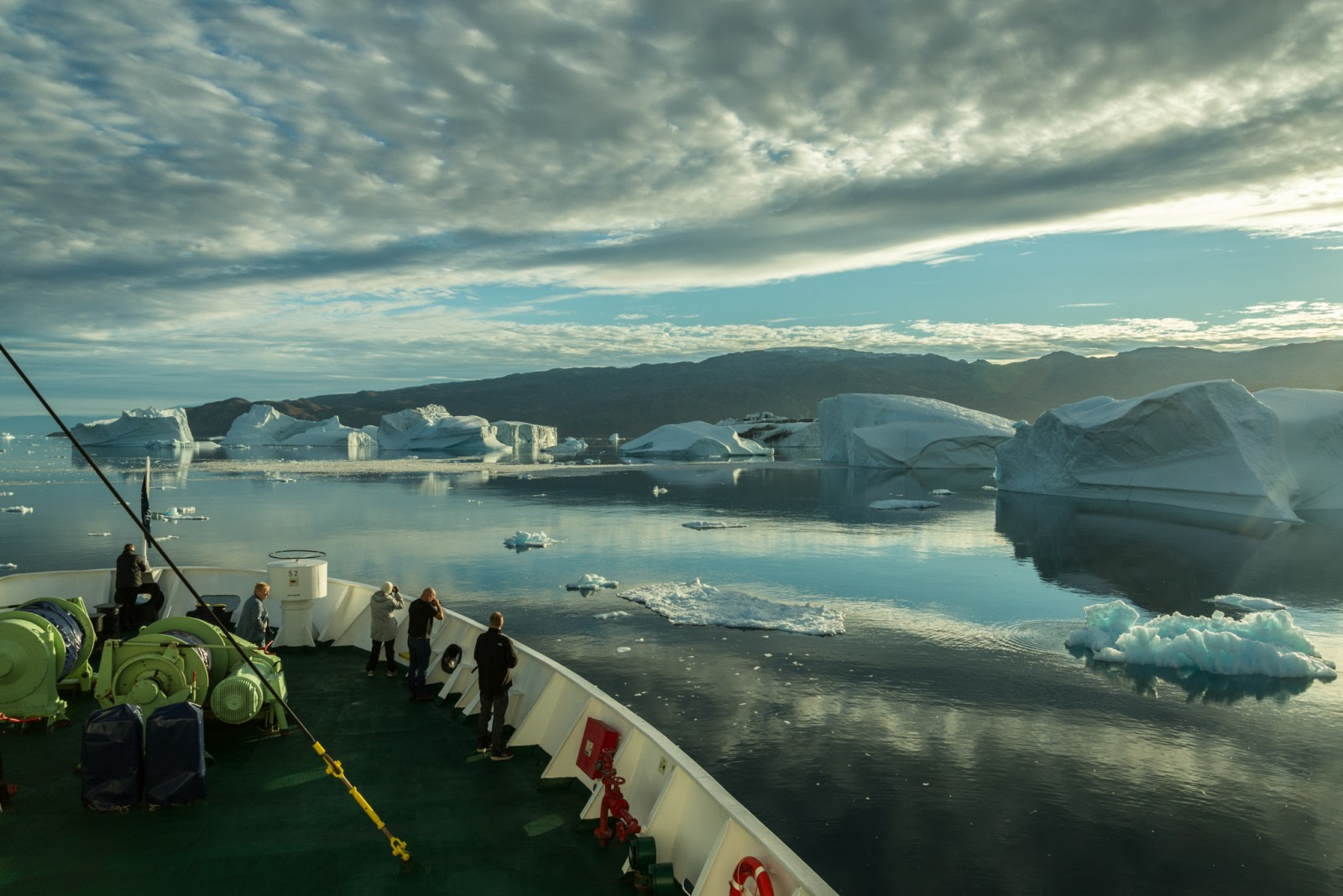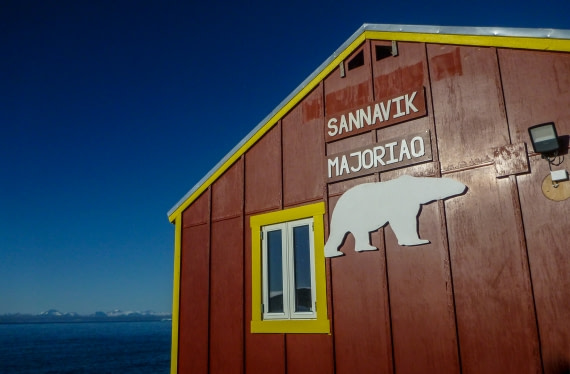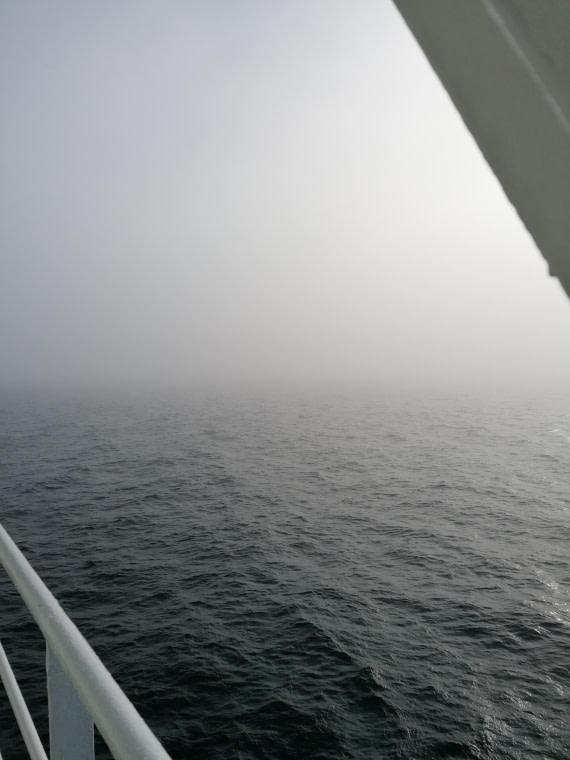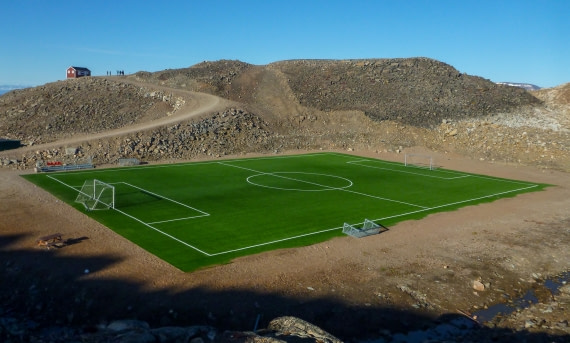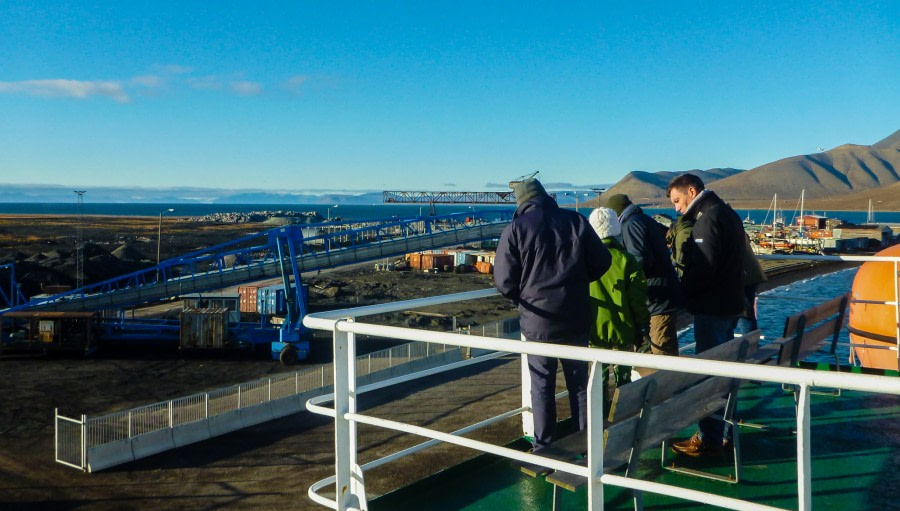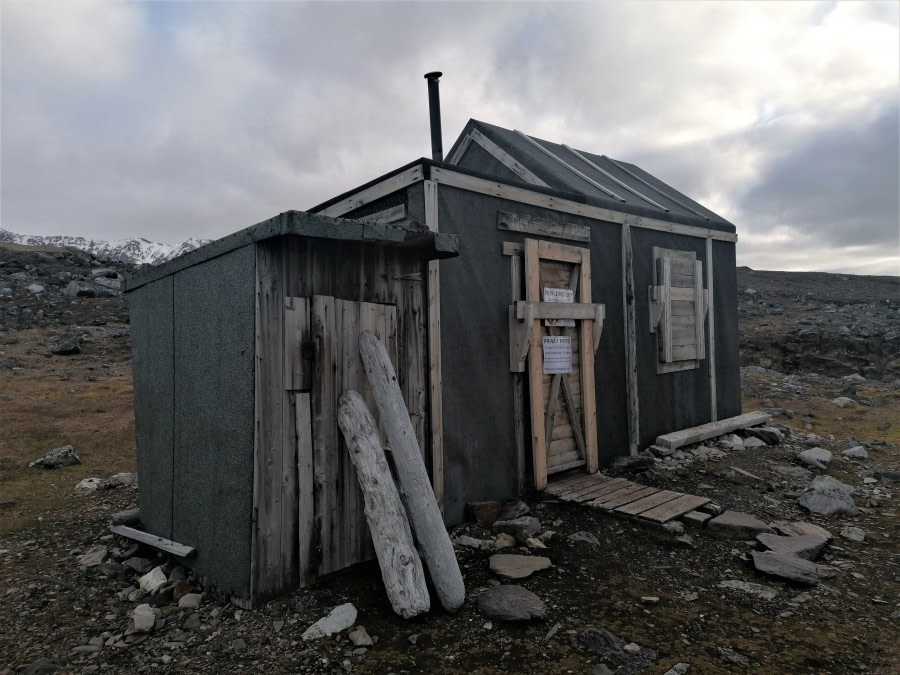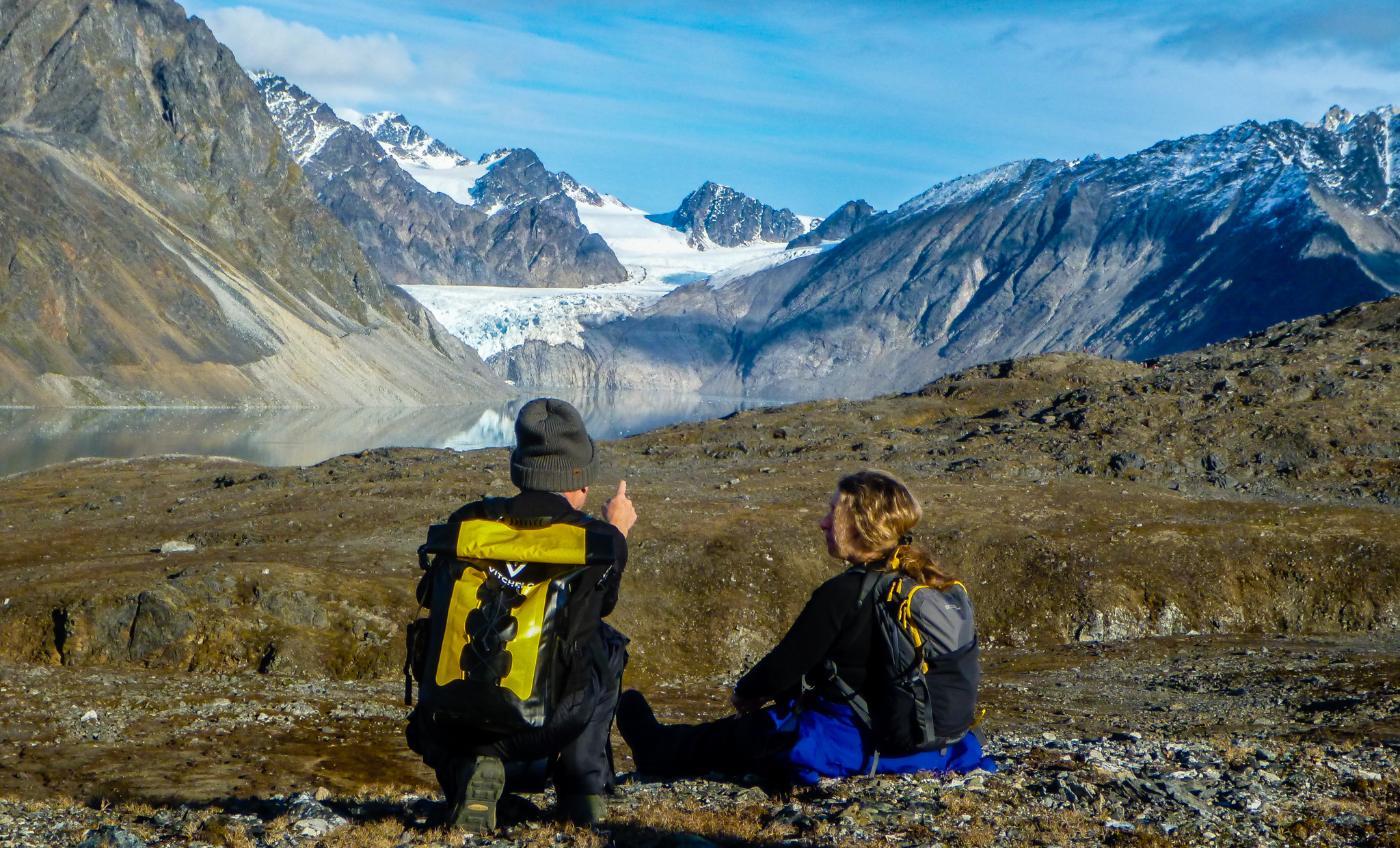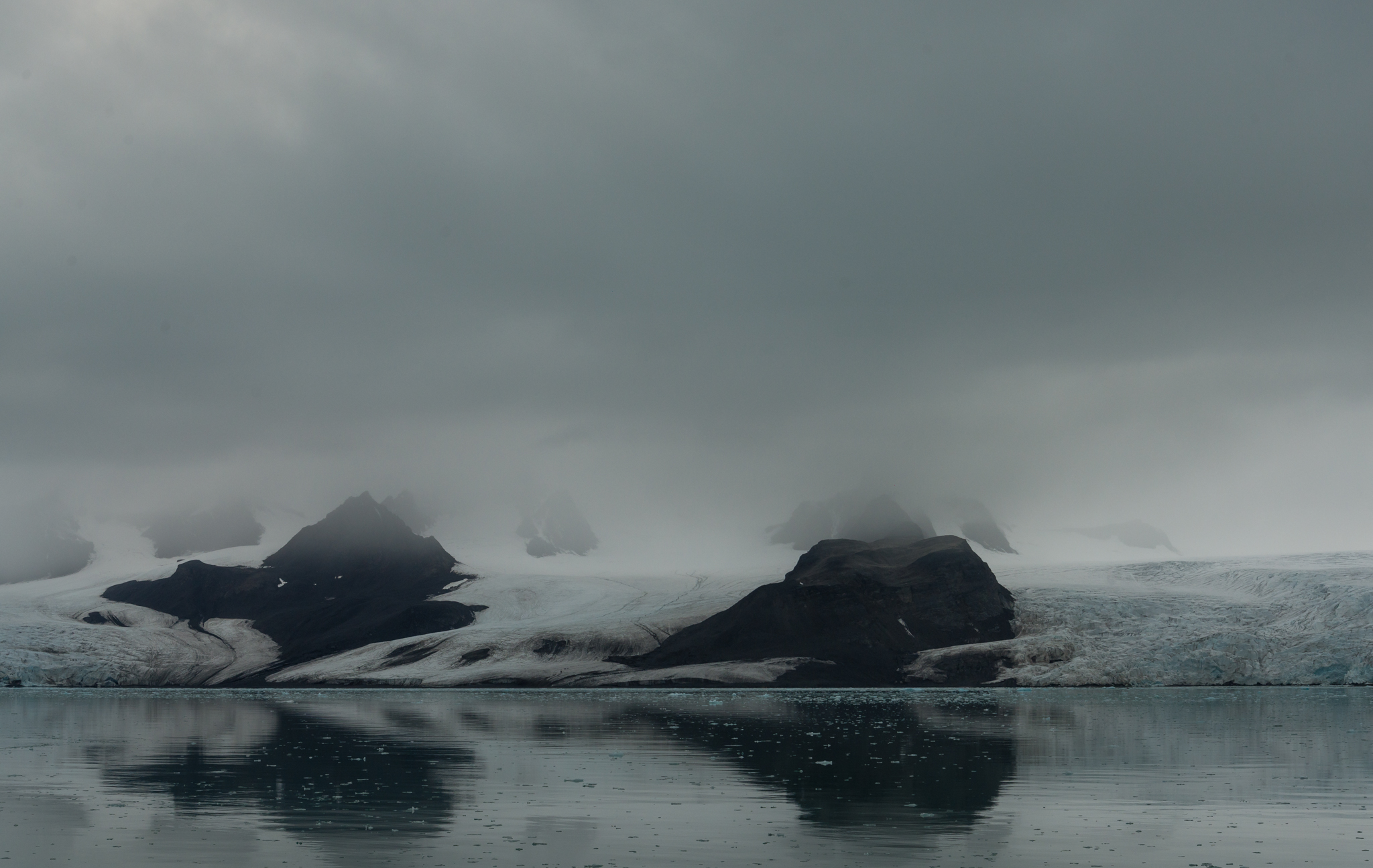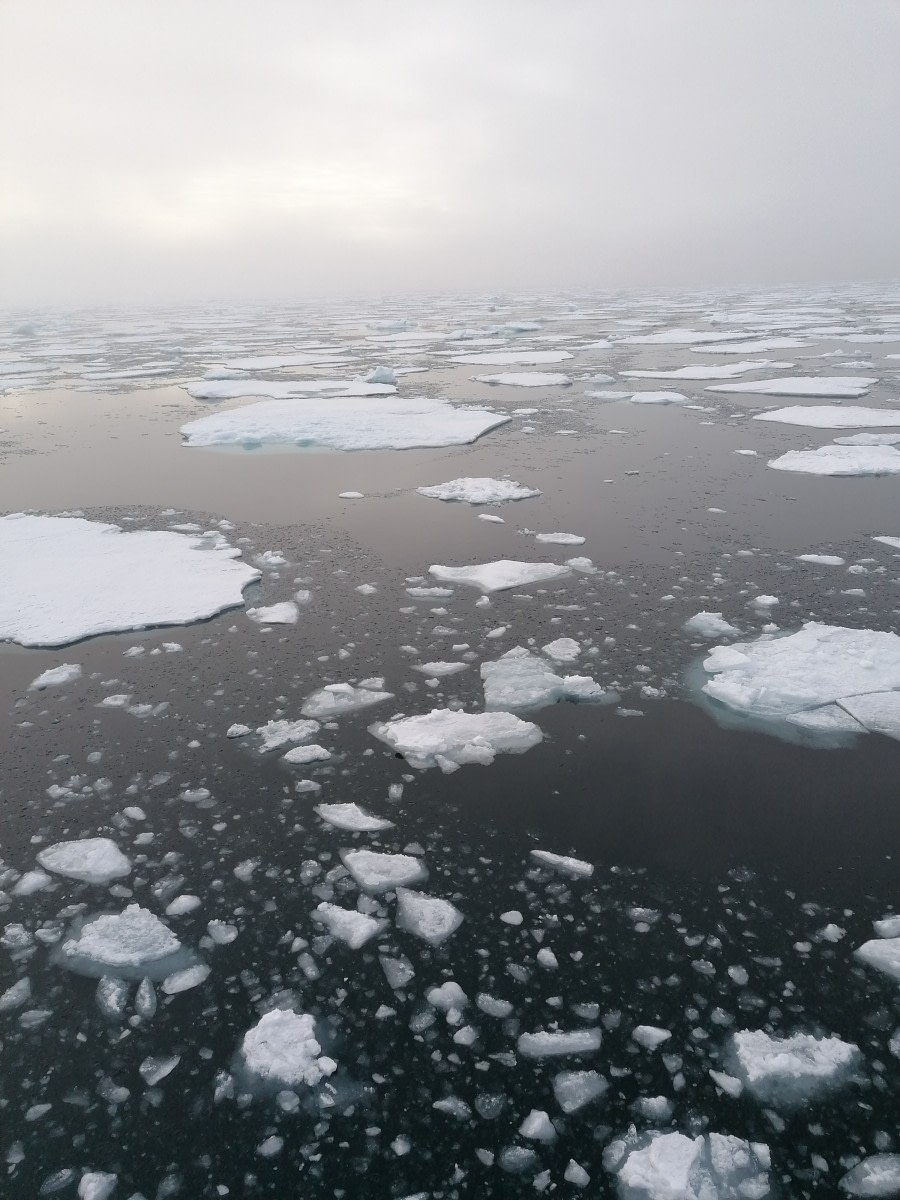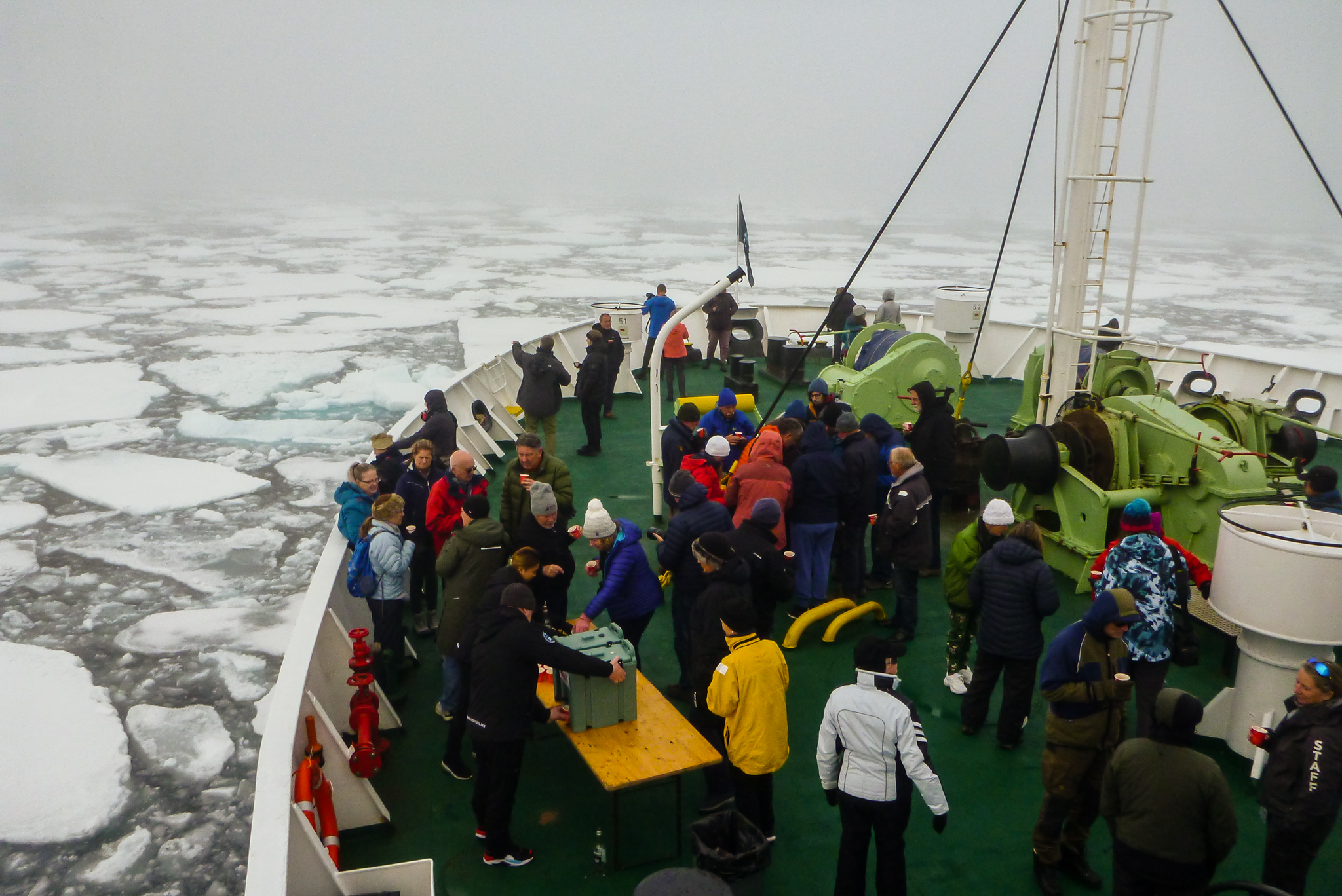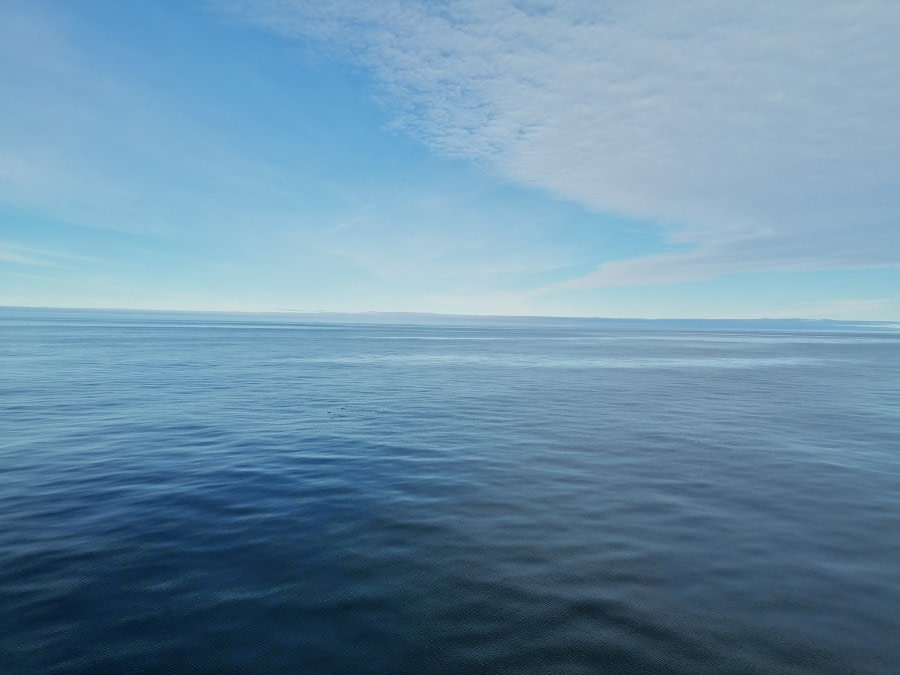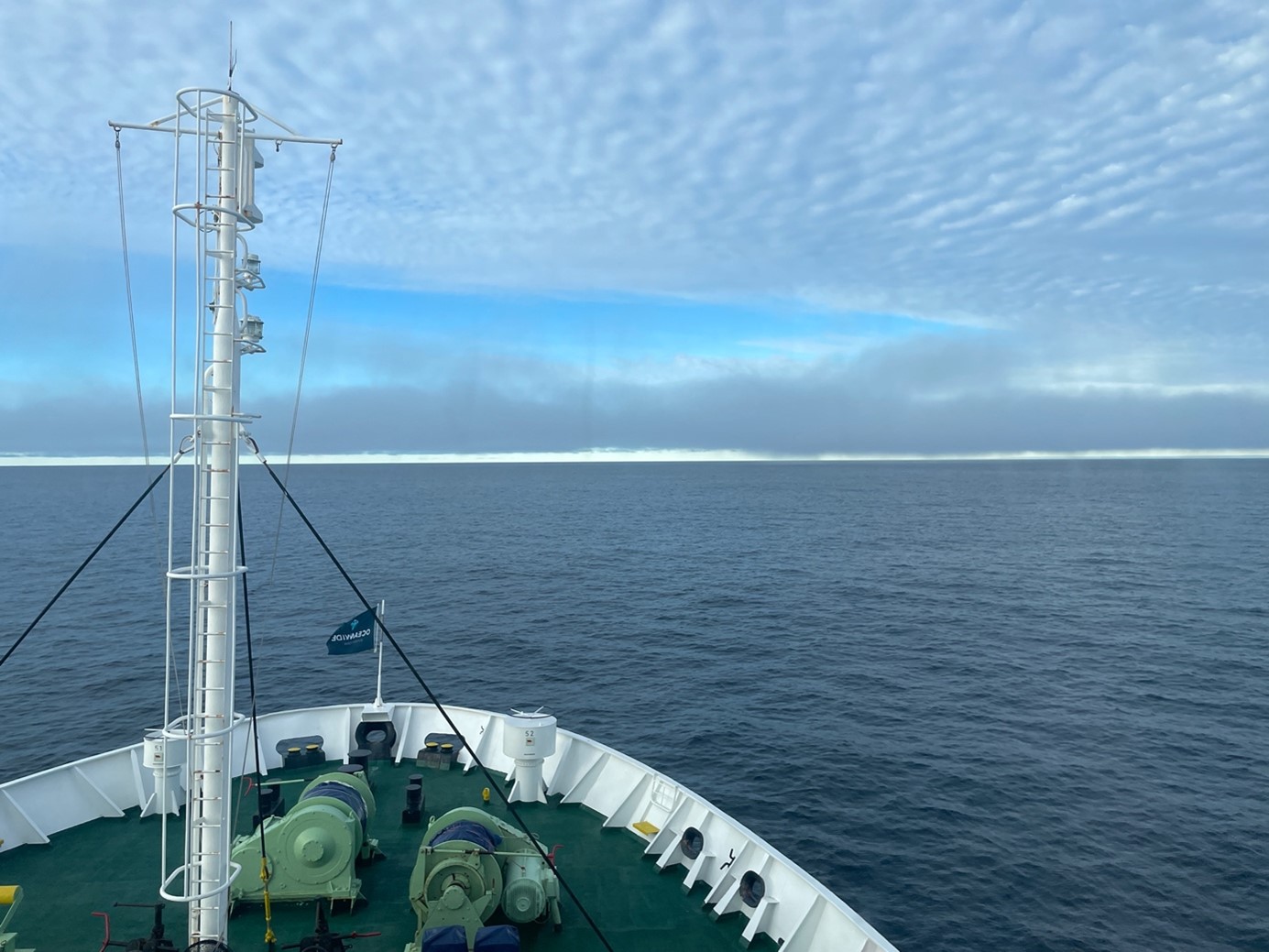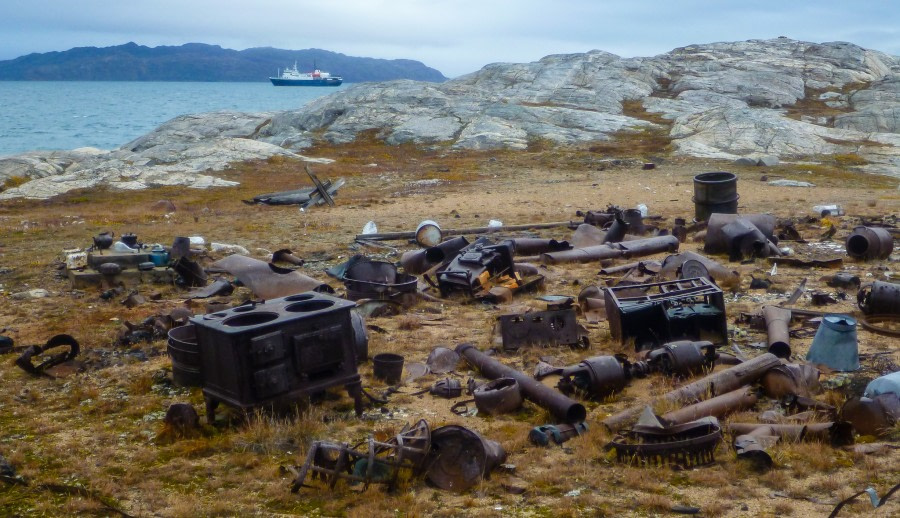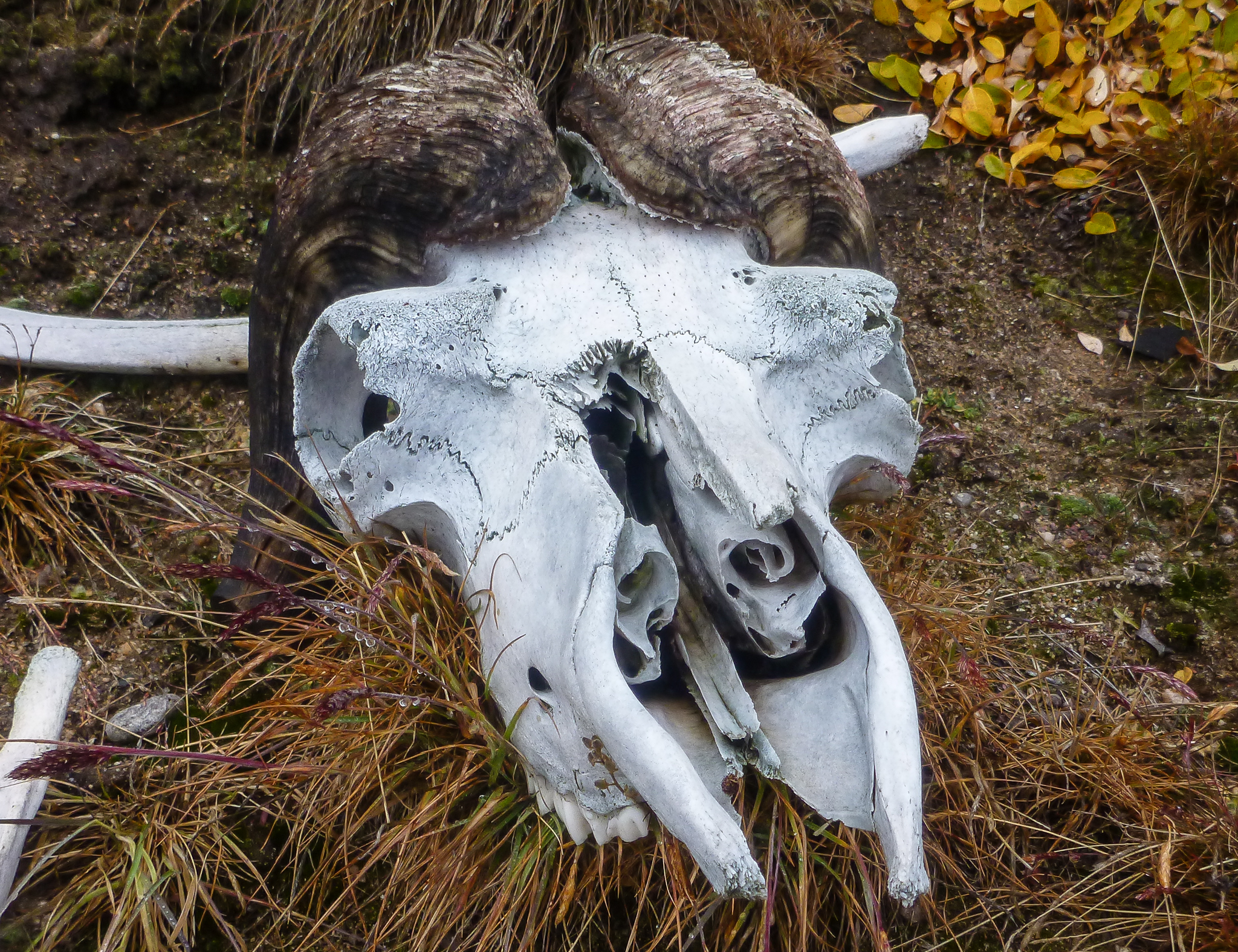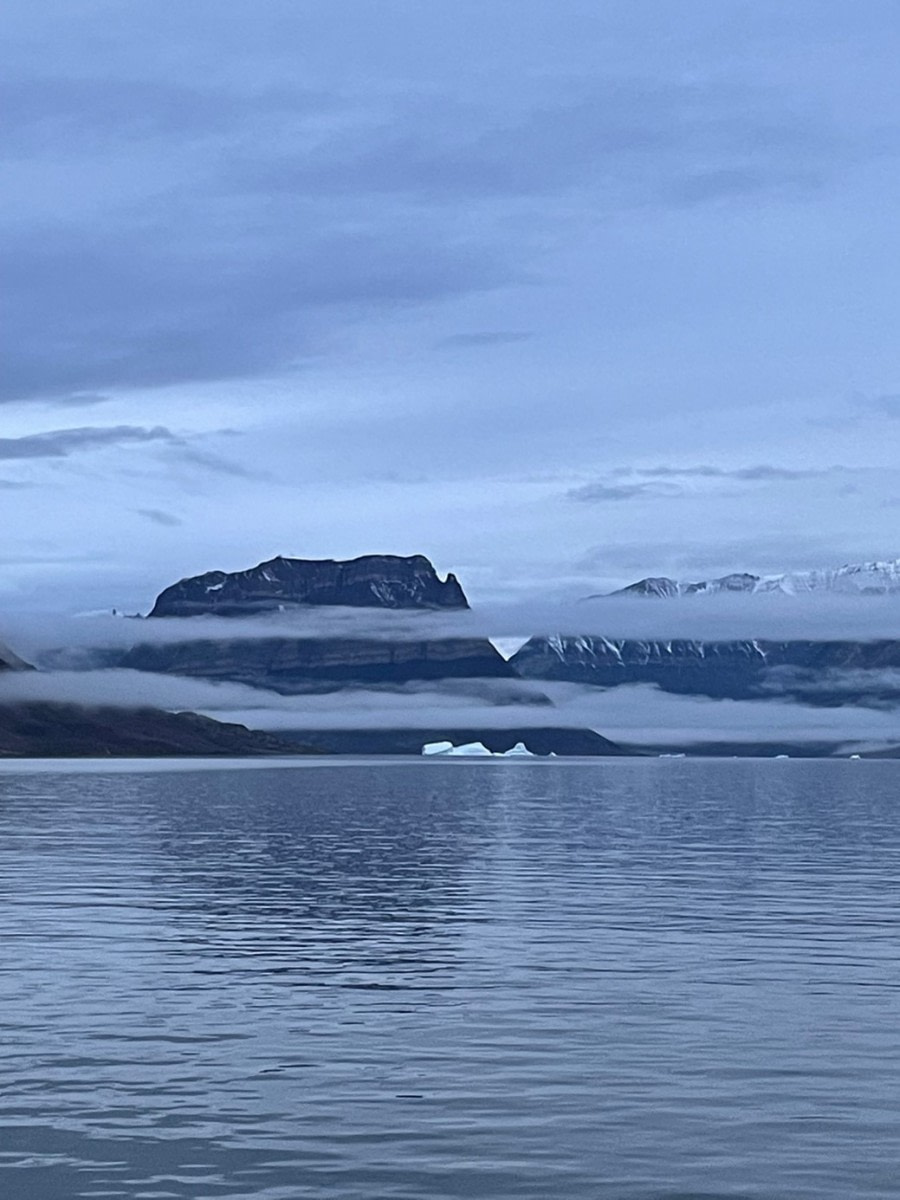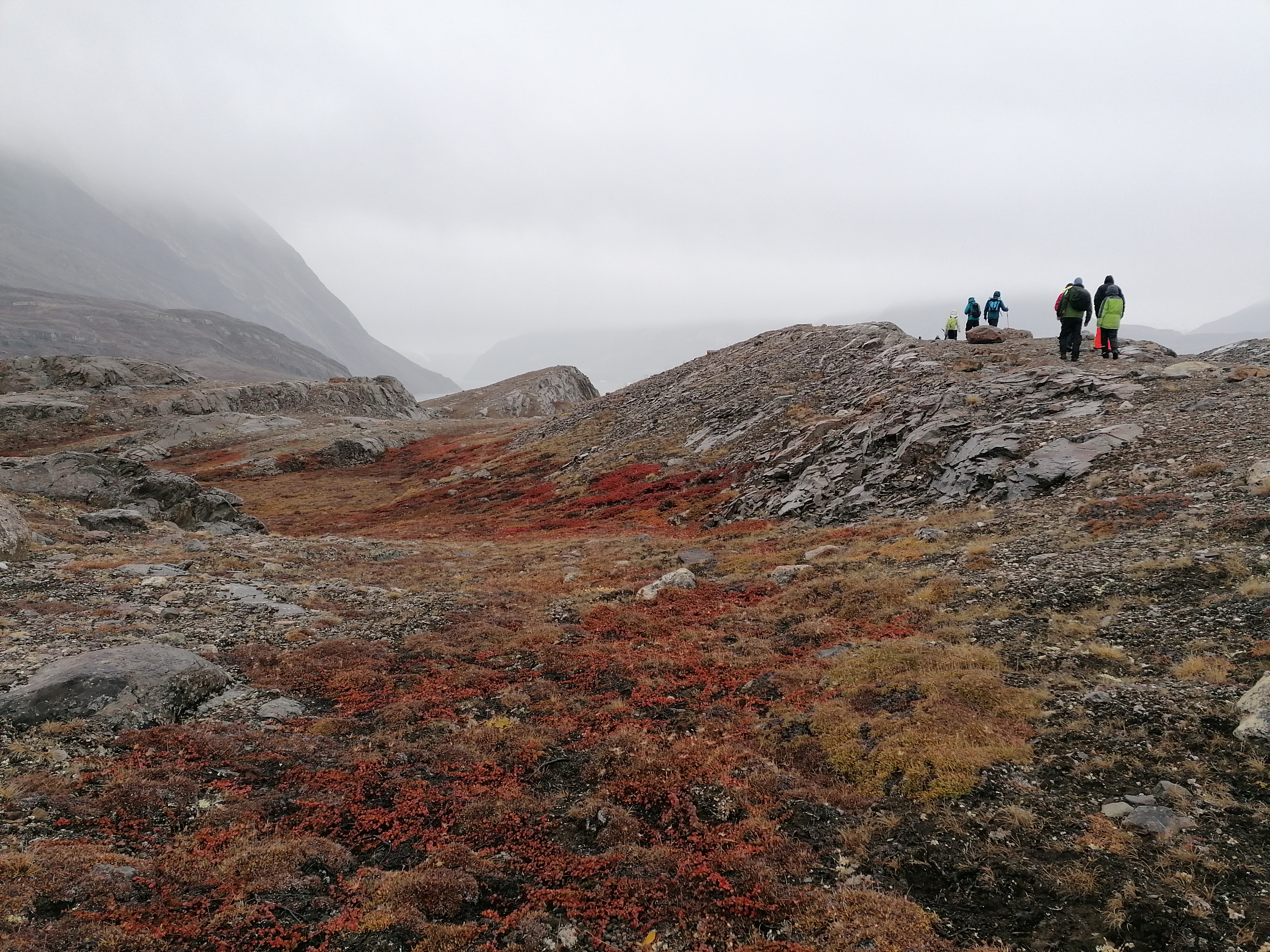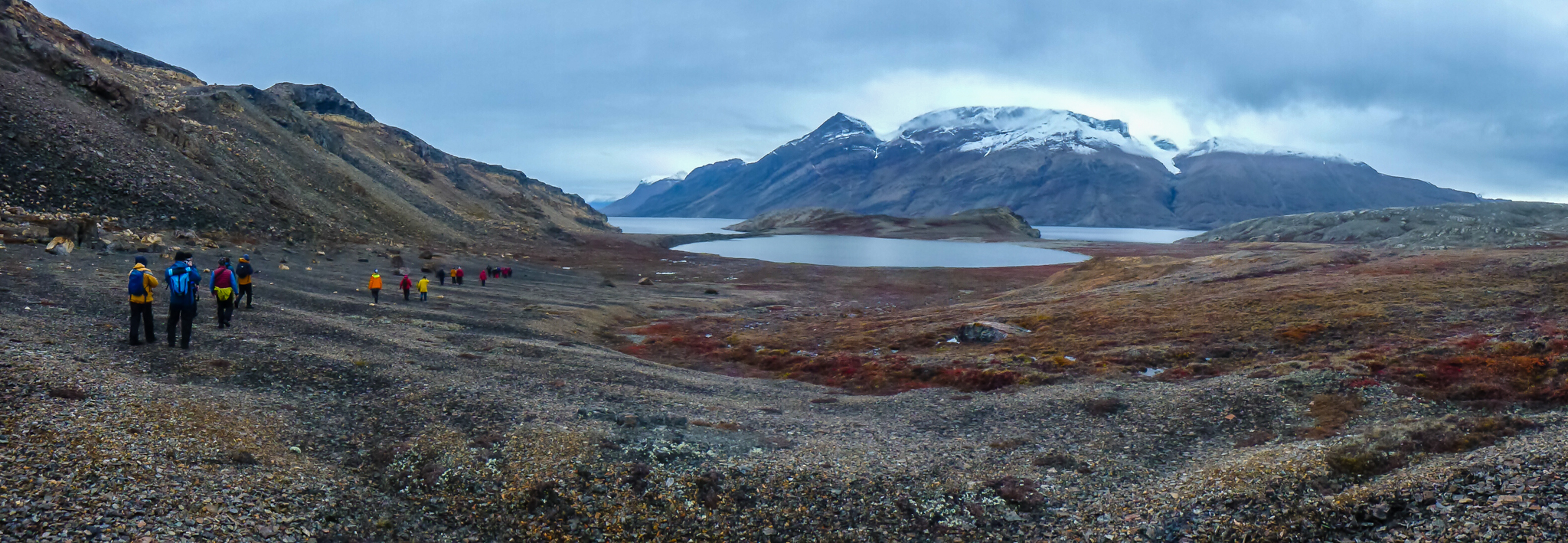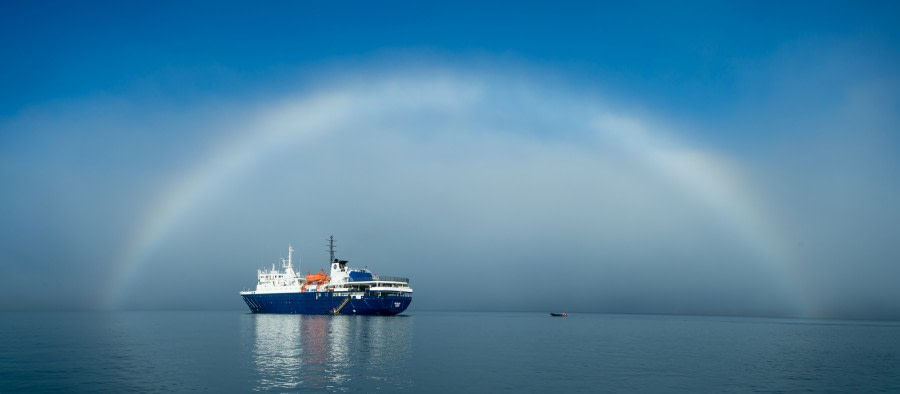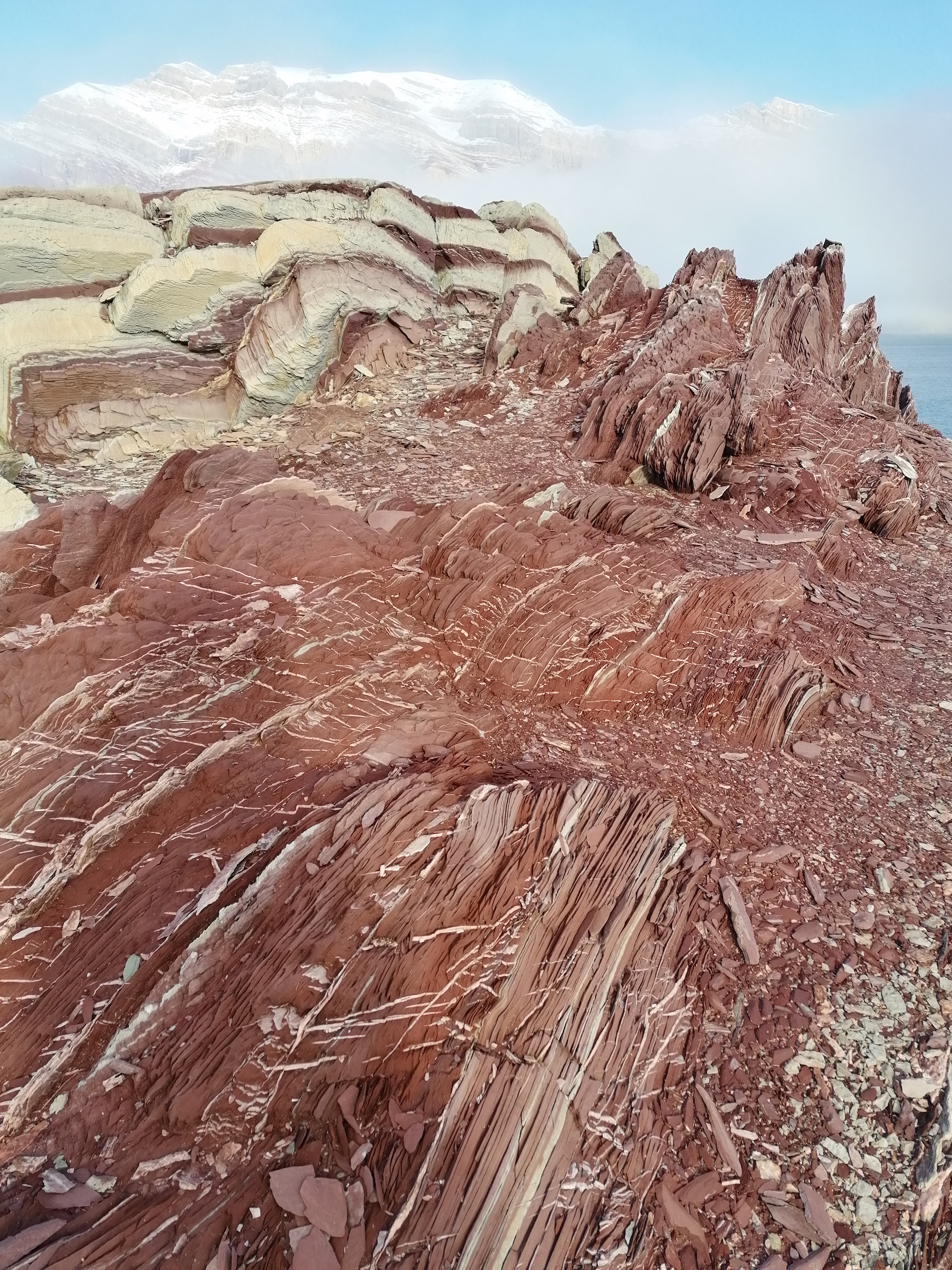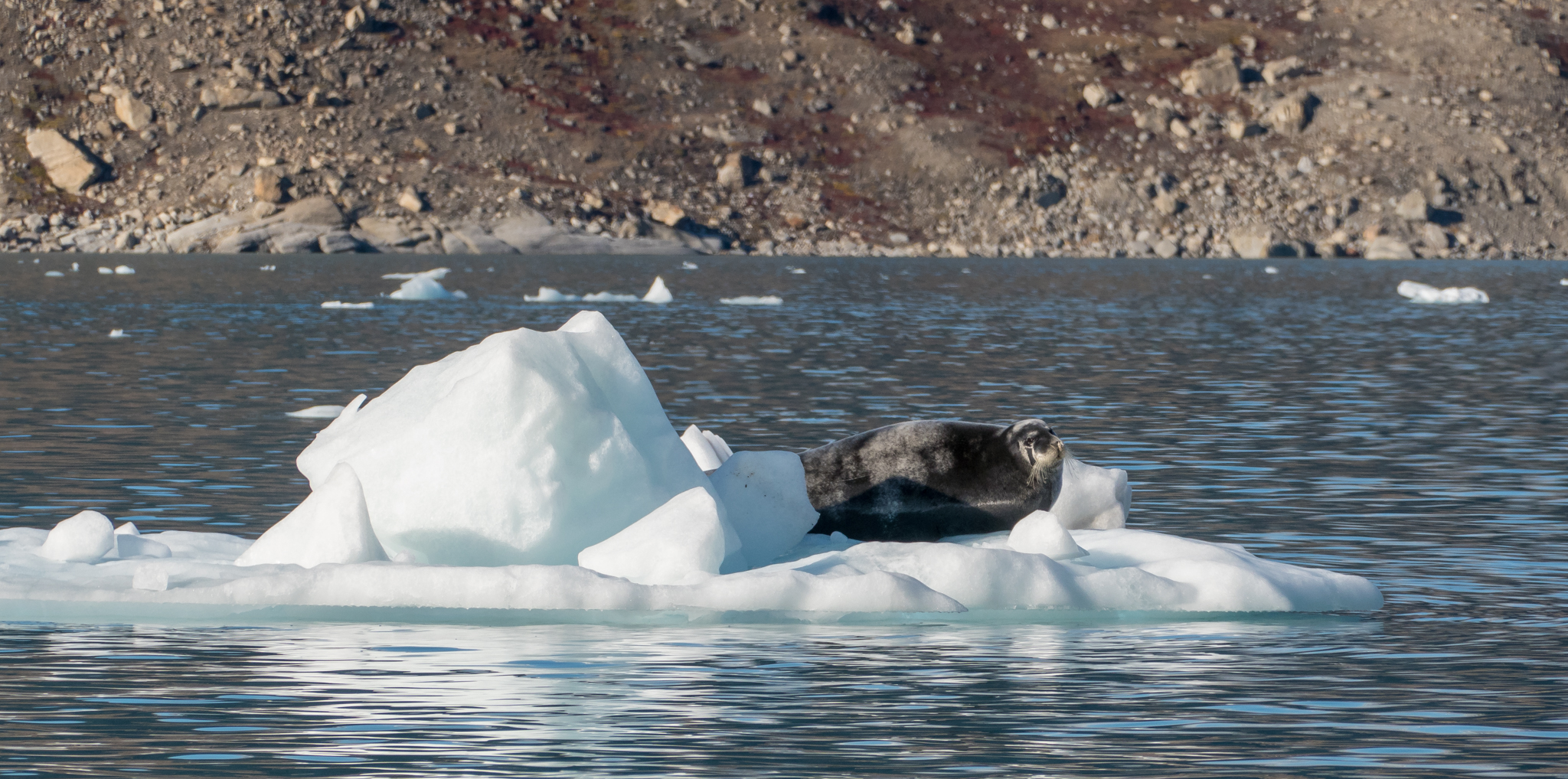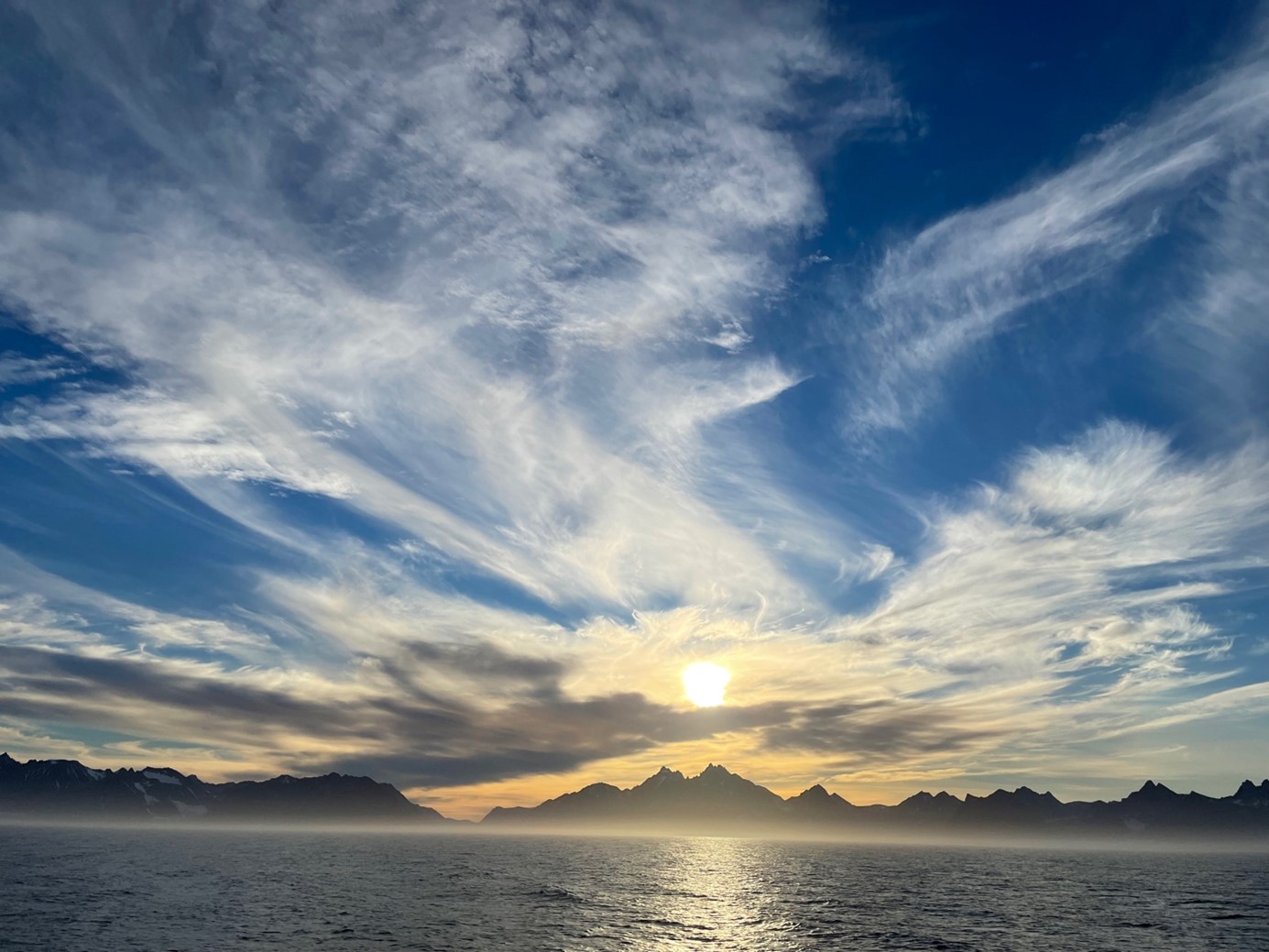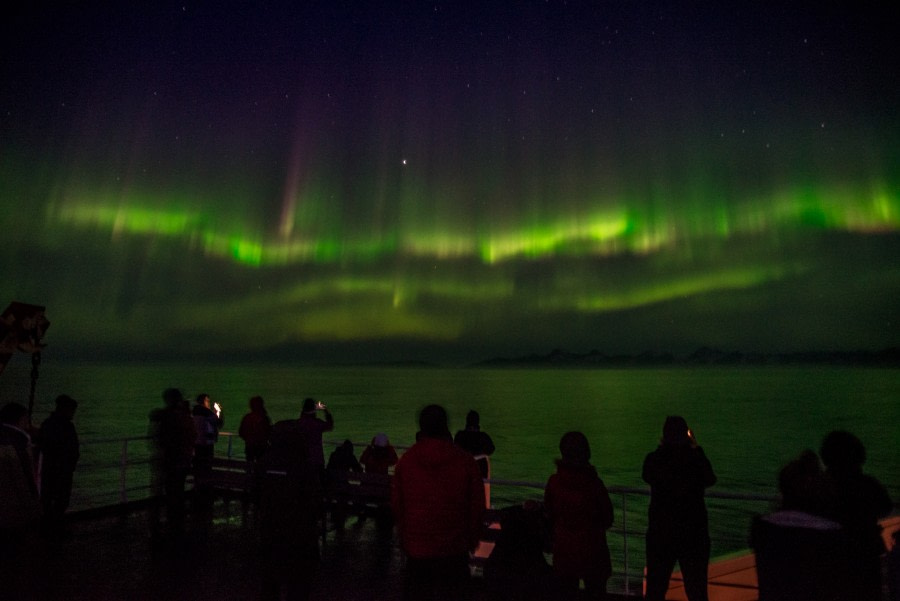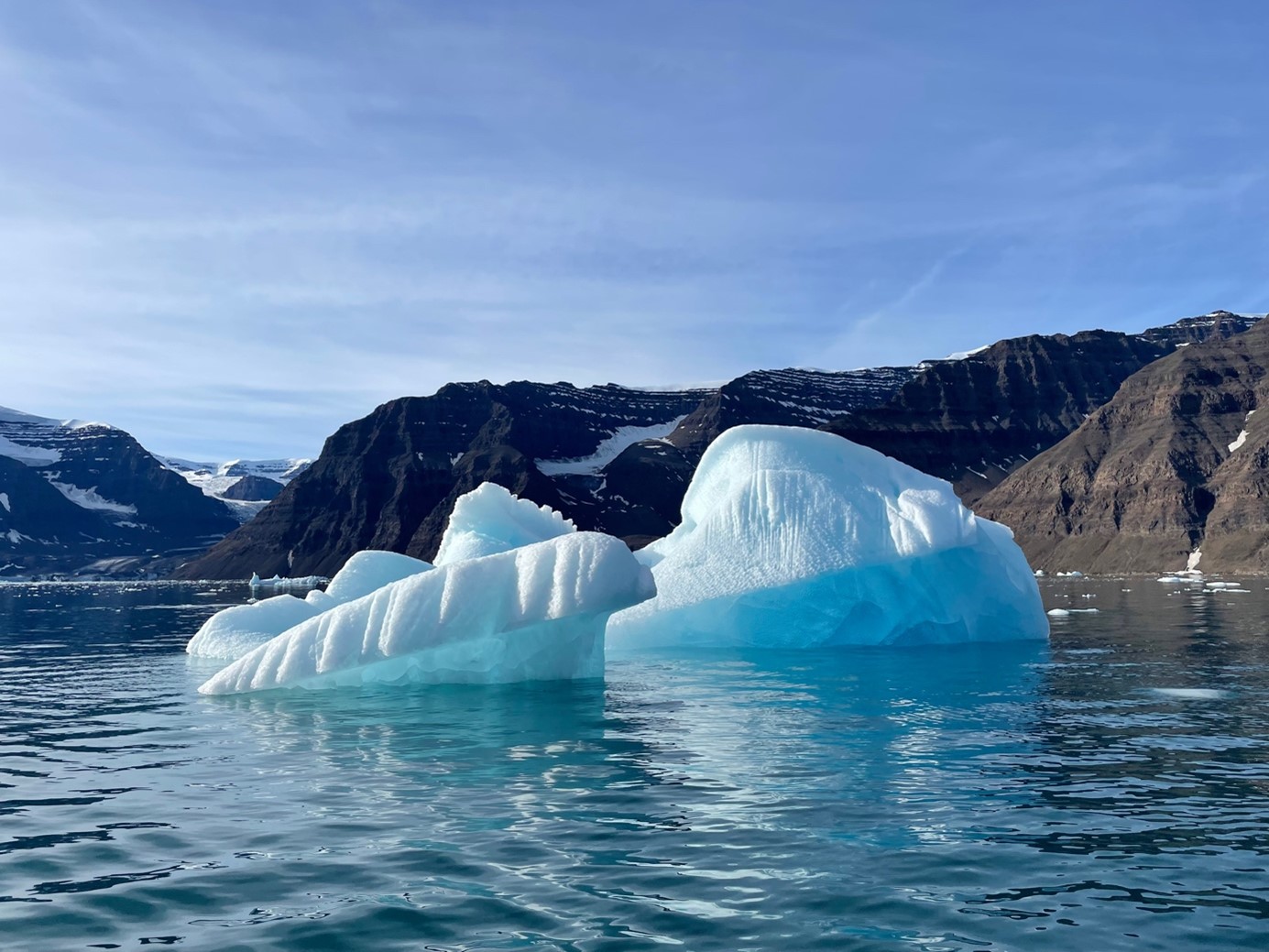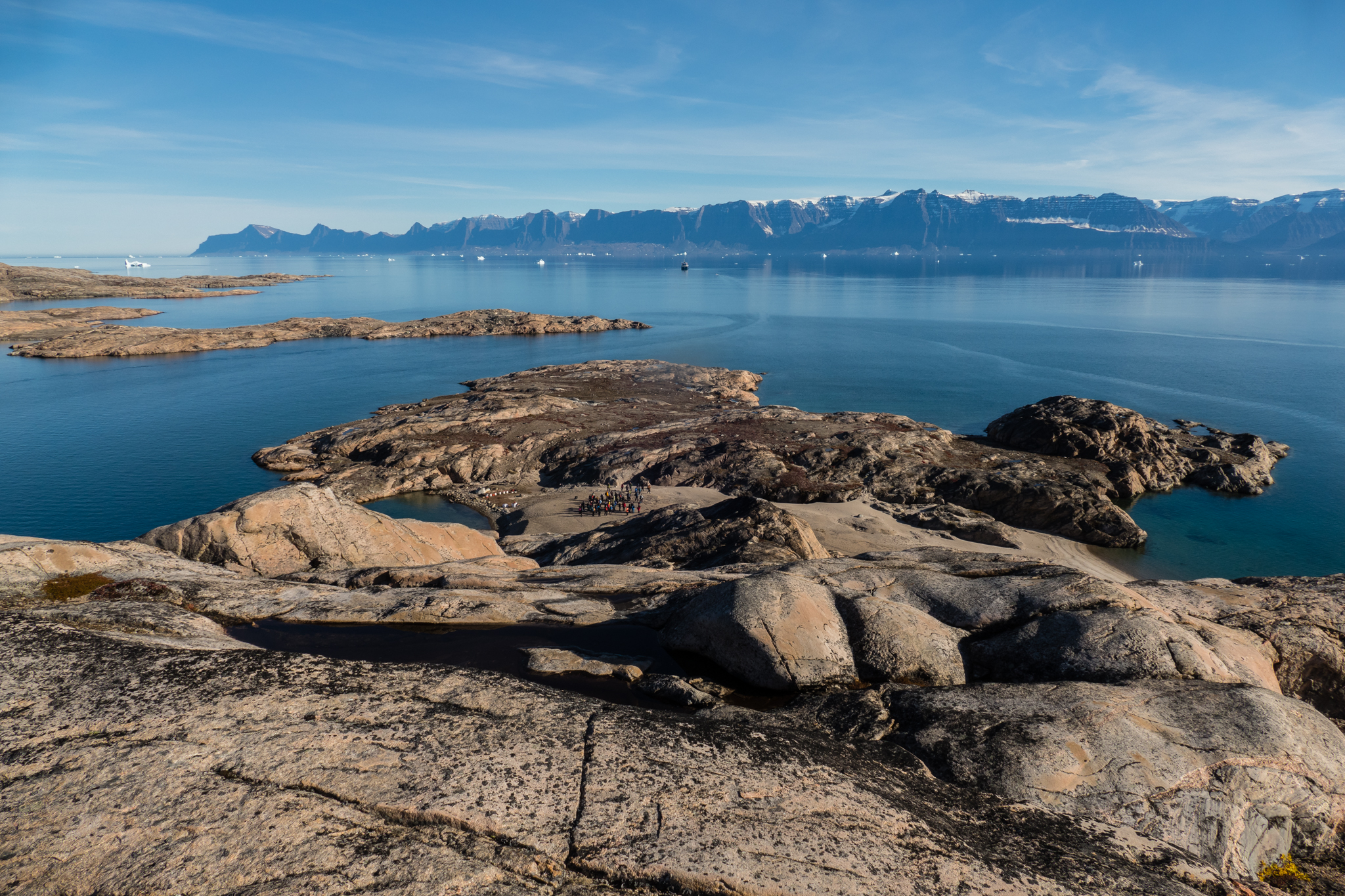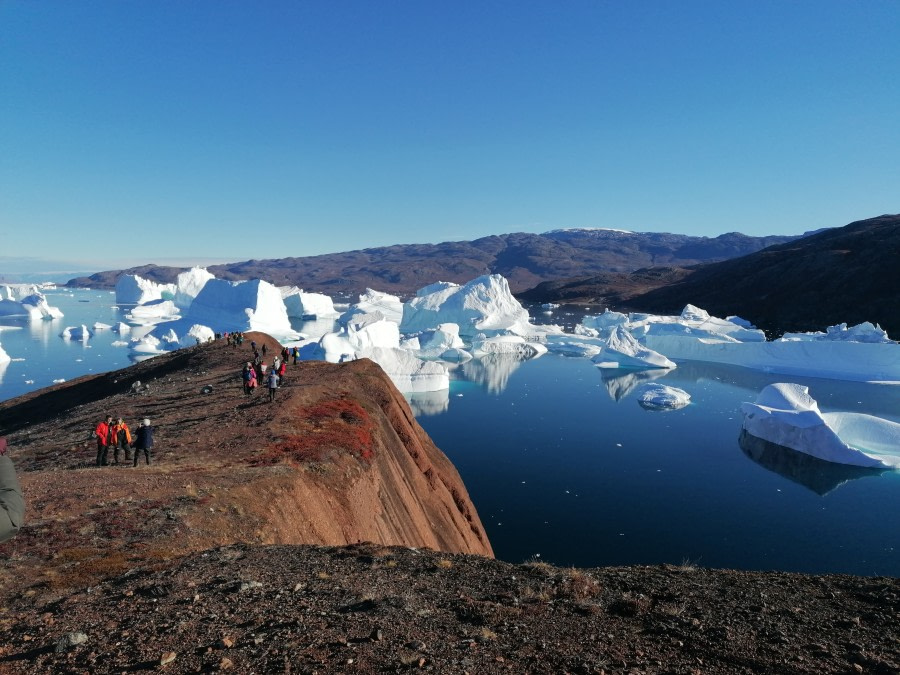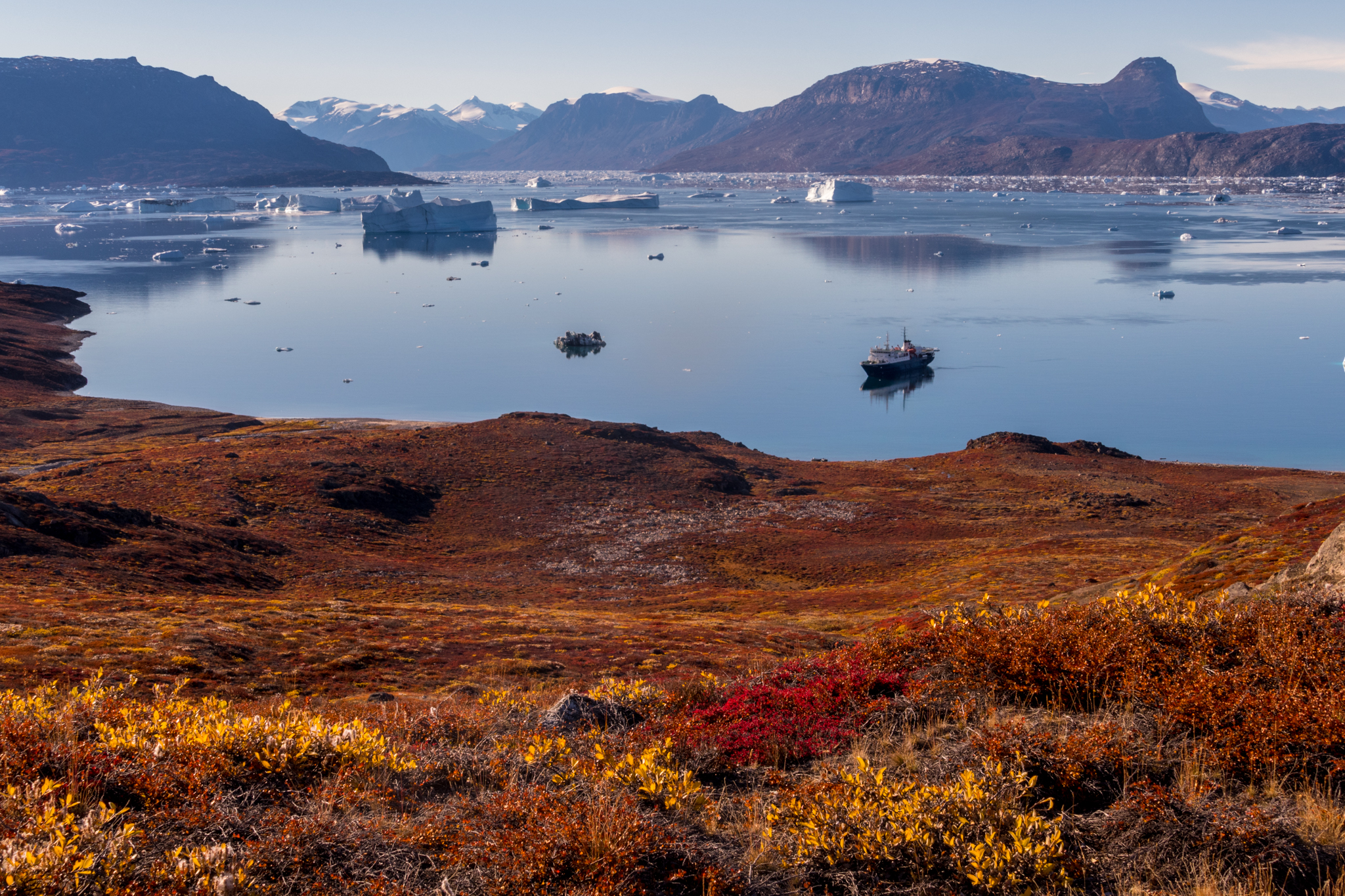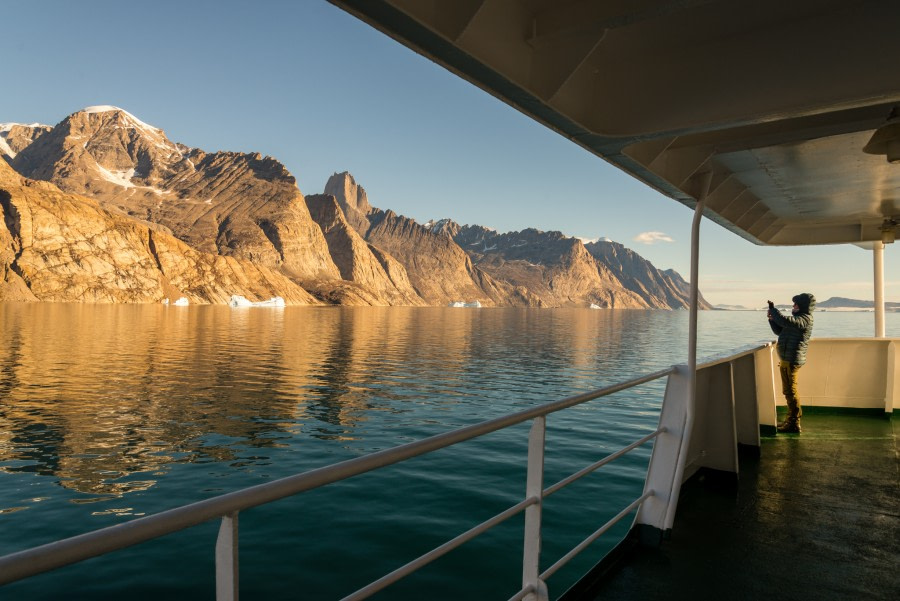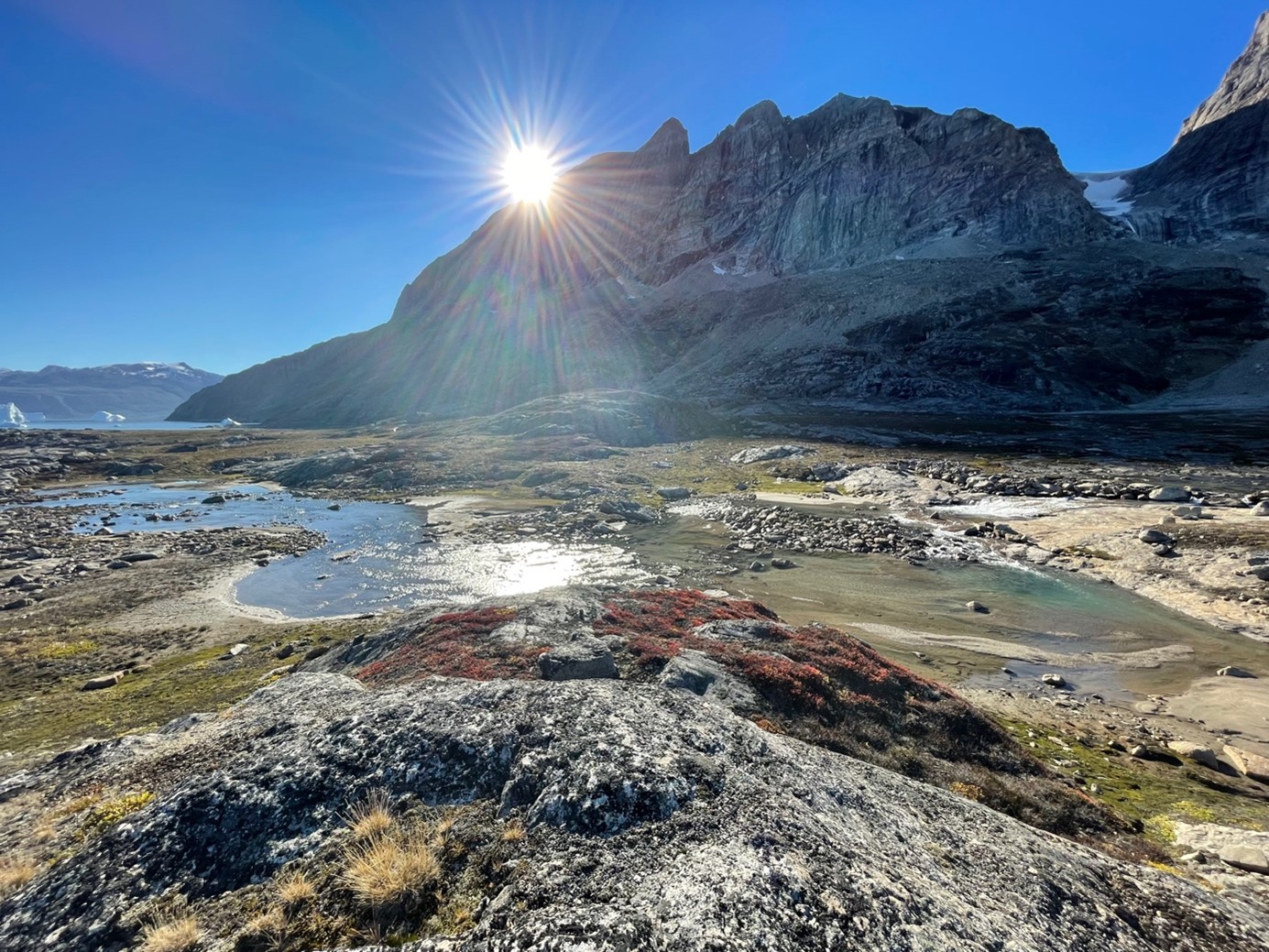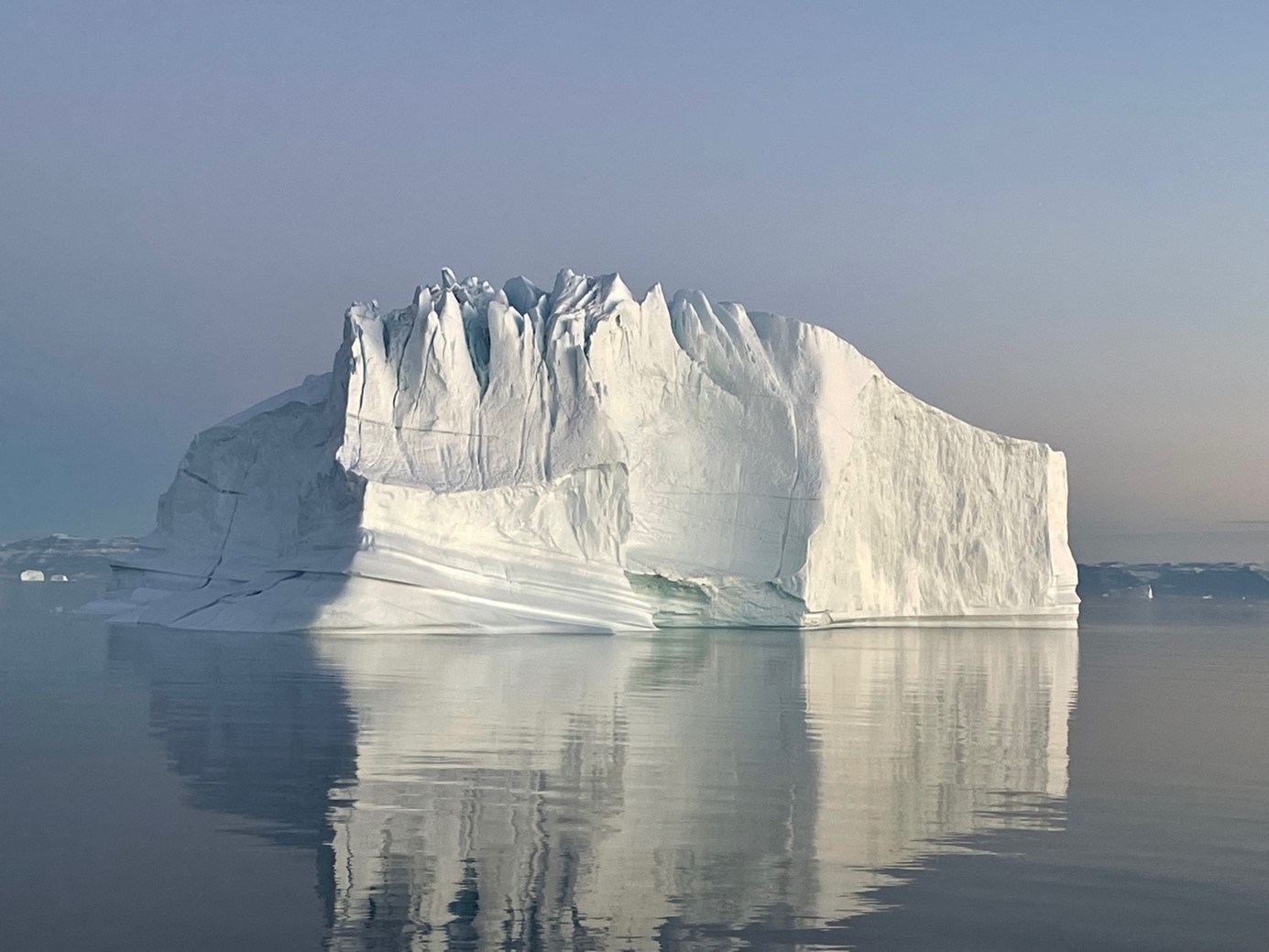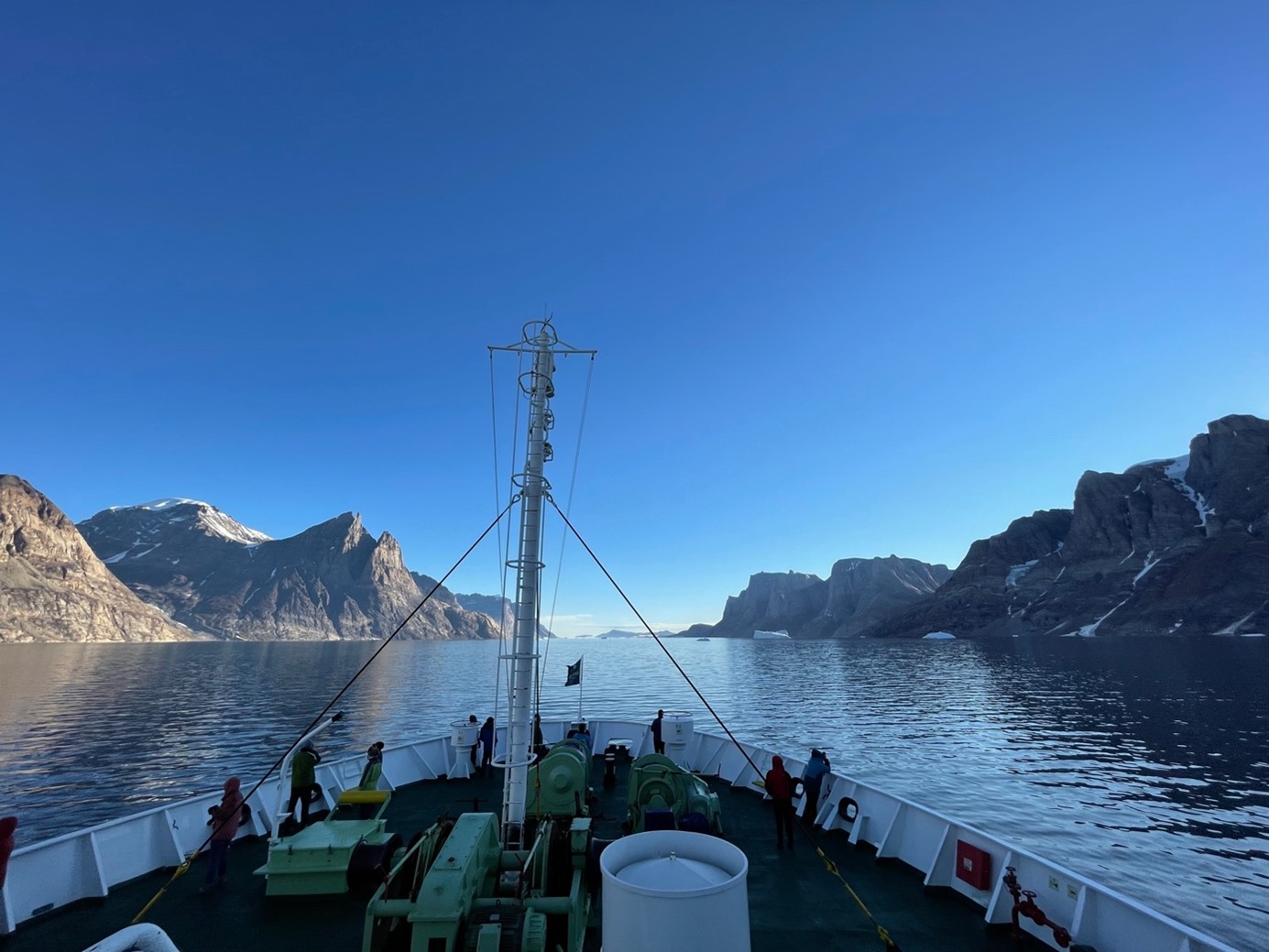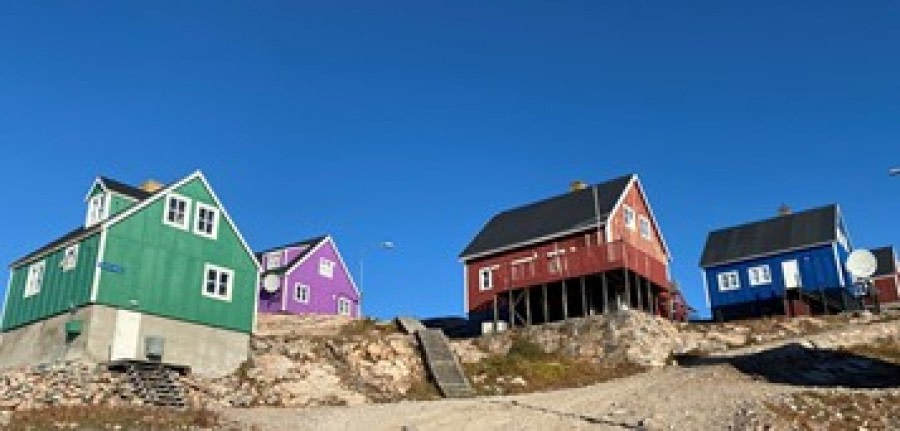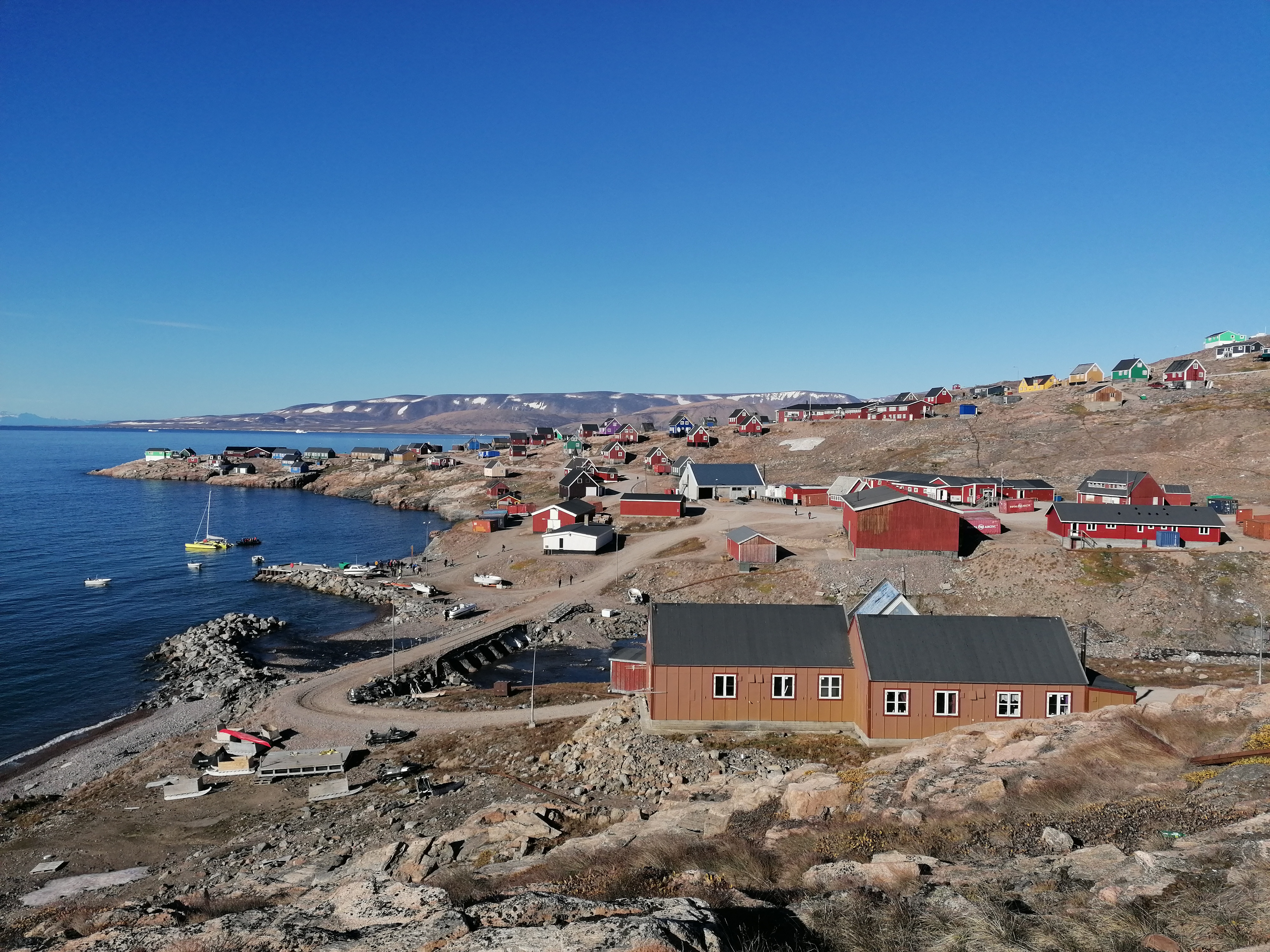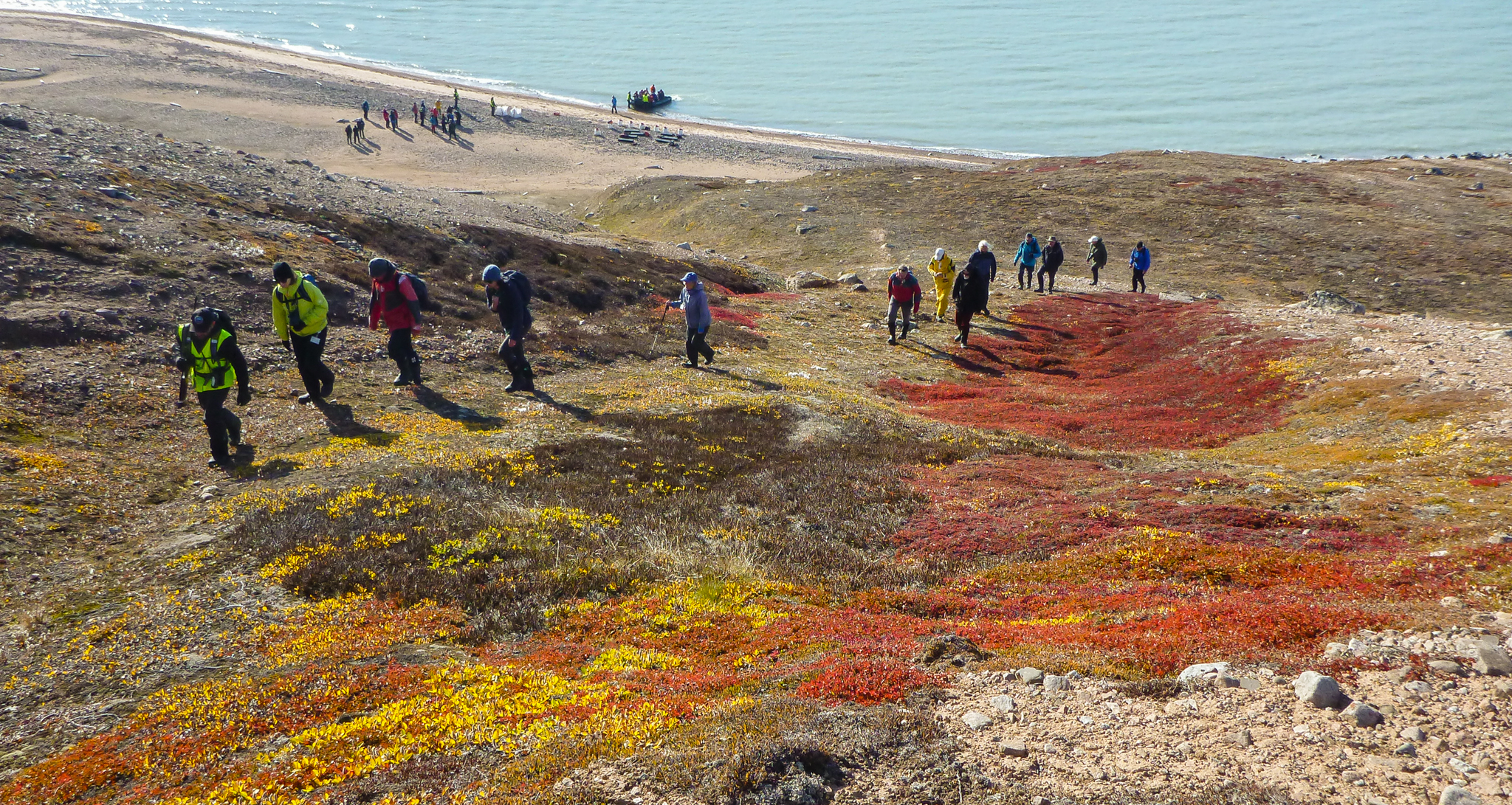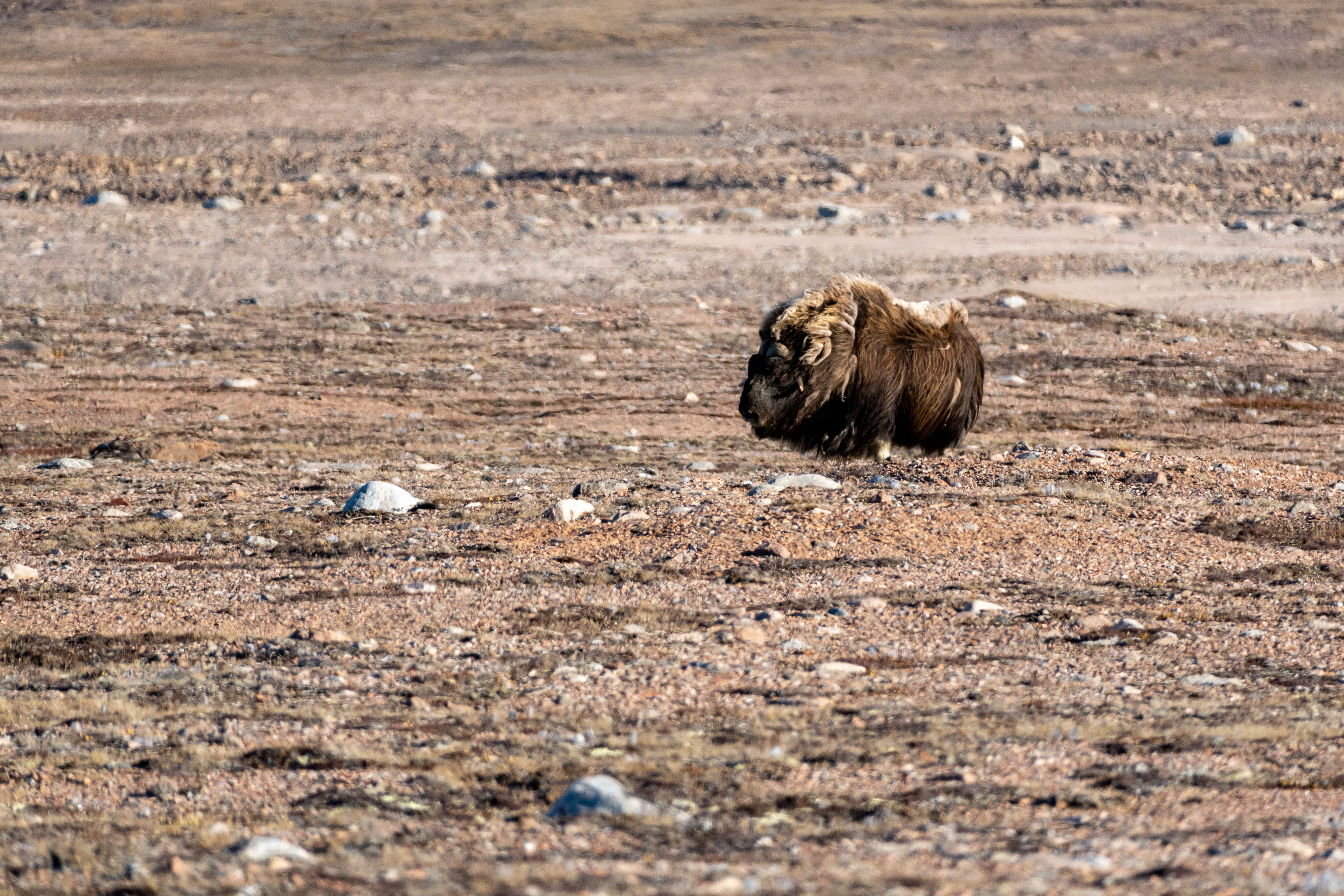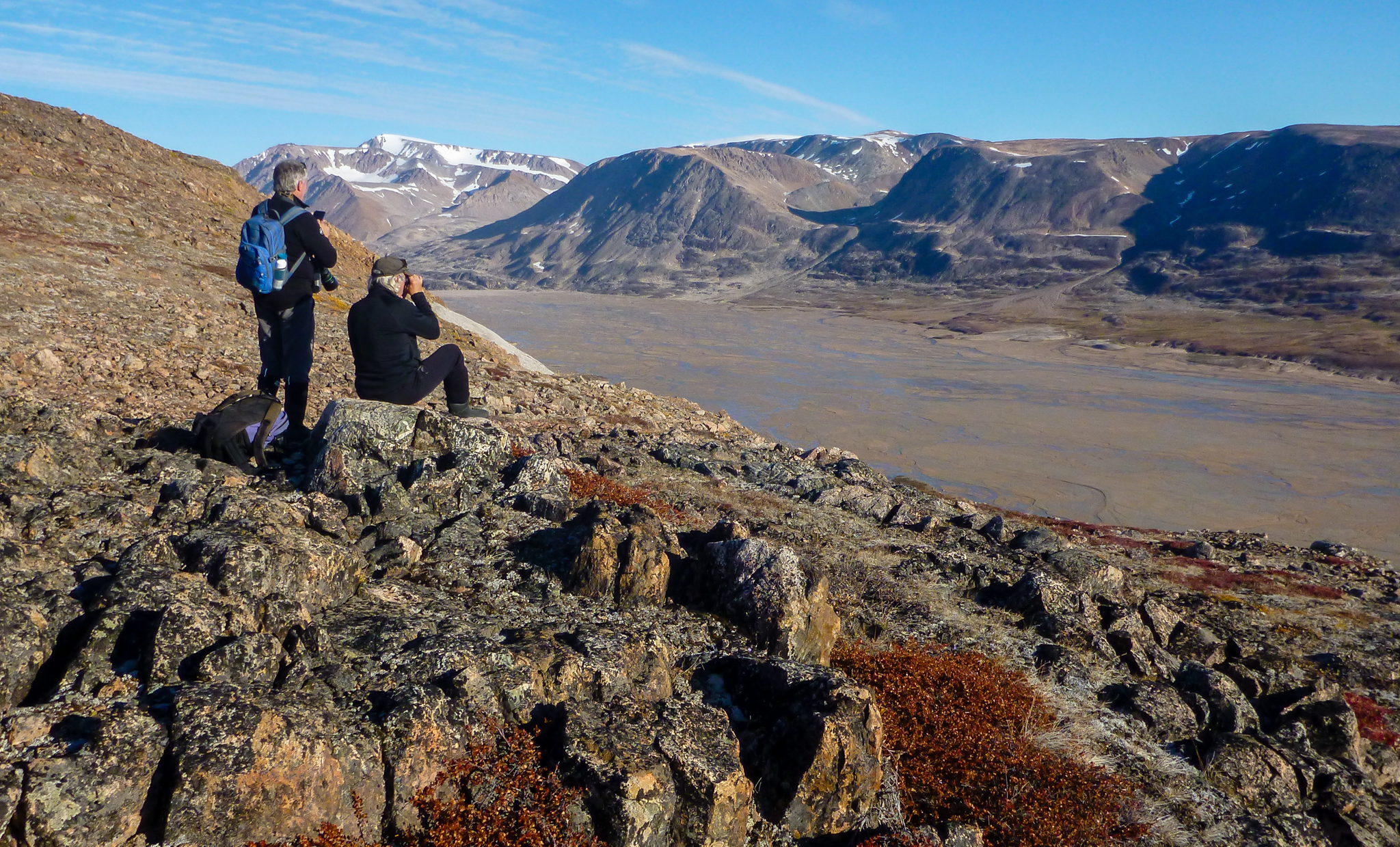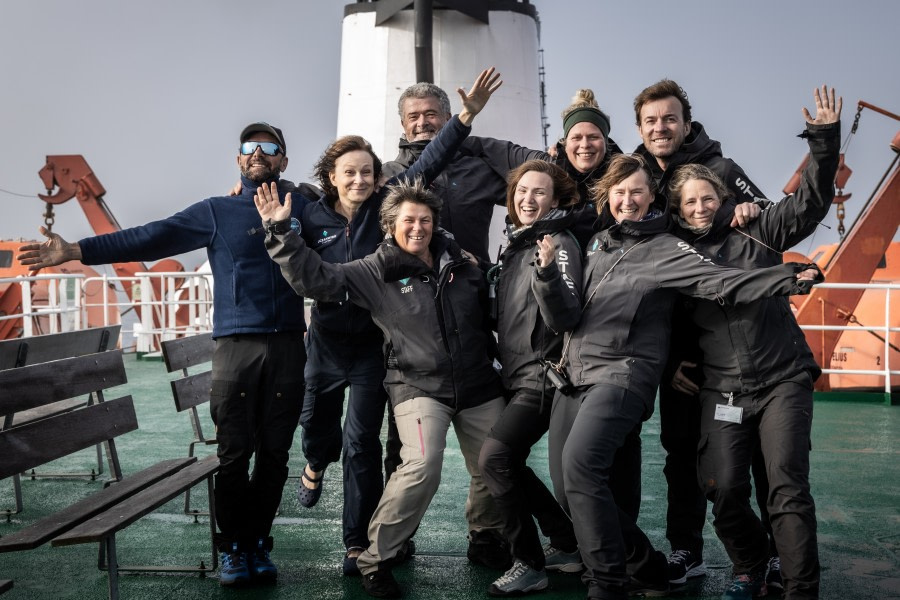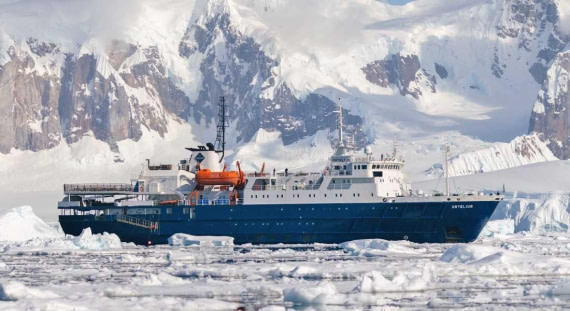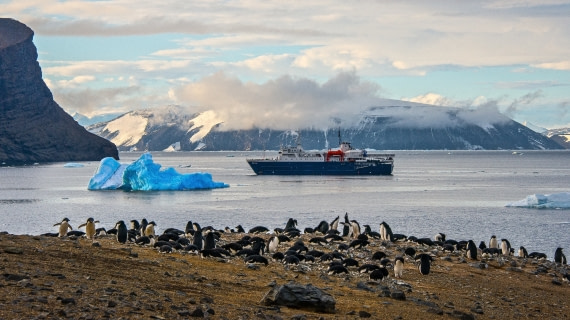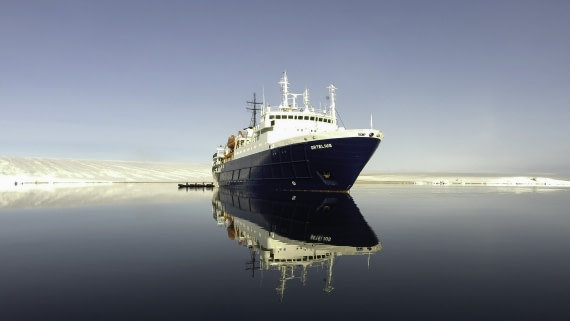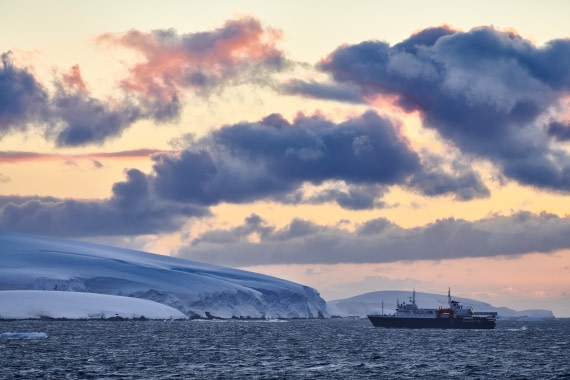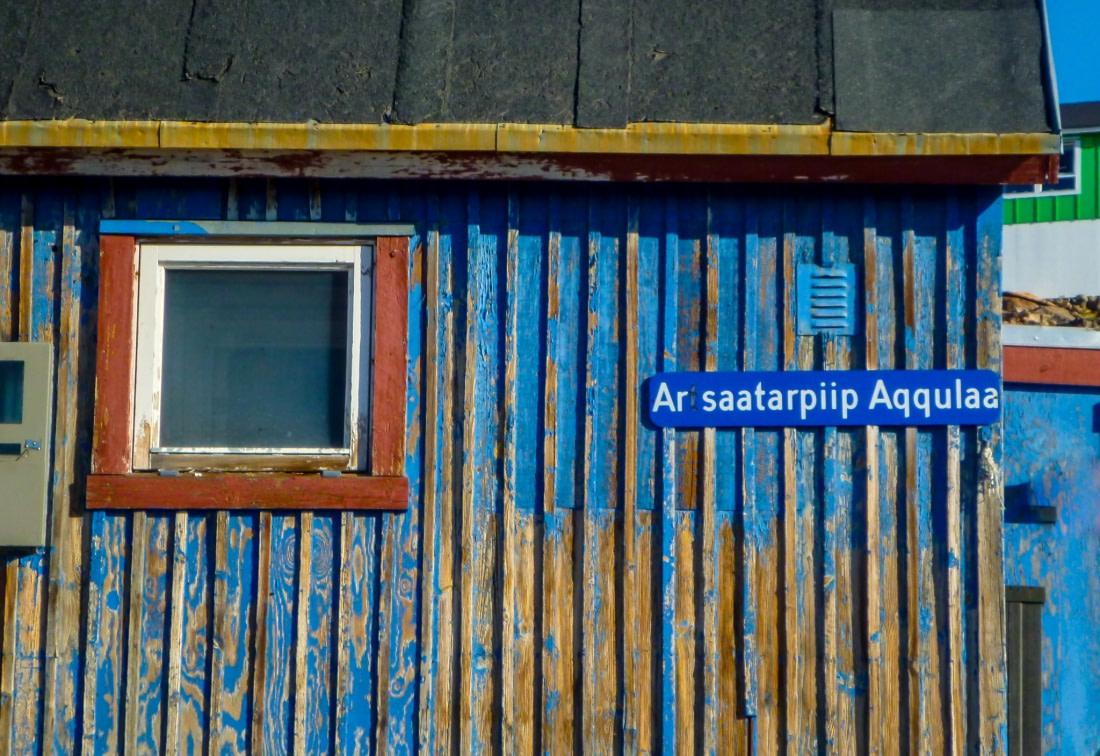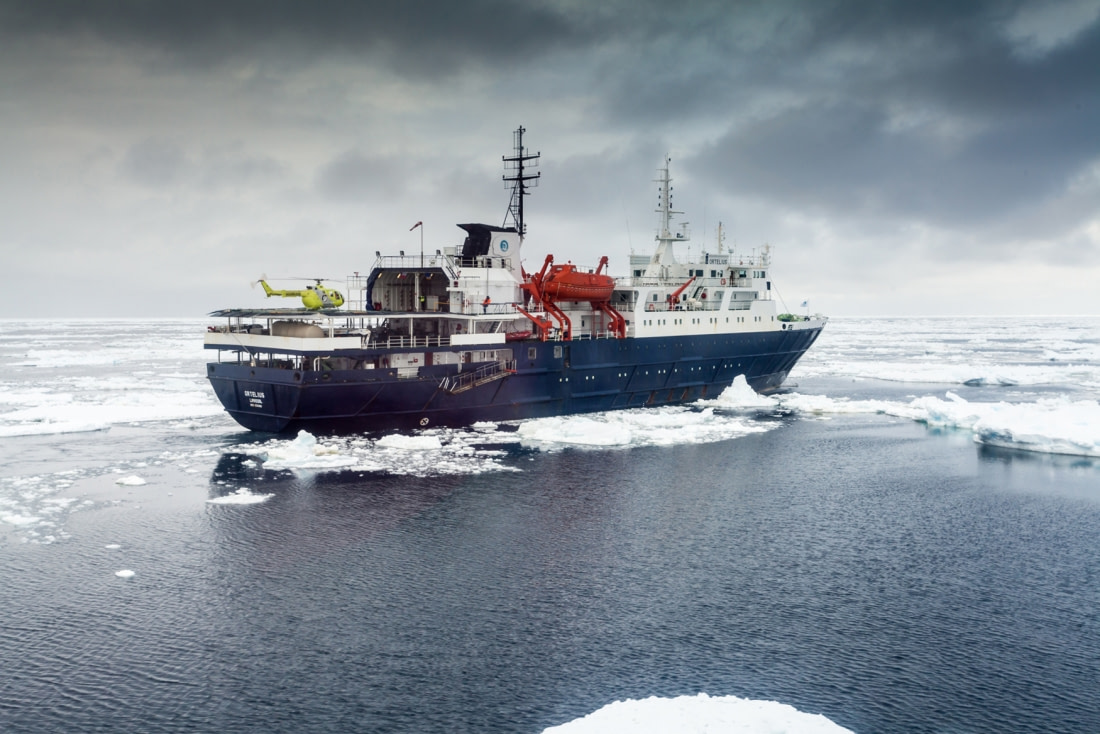| Fecha: | 27.08.2022 |
| Posición: | 78°14.1‘N, 015°37.8‘E |
| Viento: | SSE 6 |
| Clima: | cloudy |
| Temperatura del Aire: | +6 |
Today is the day! Our long-awaited Arctic adventure is about to begin (a few years wait for some of us!). Our story begins in Longyearbyen, the largest settlement in the Arctic Archipelago of Svalbard, where we board M/V Ortelius, the ship that will be our home for the next fourteen days. What will we see on our voyage? We can only guess at this stage, but the smiles on the faces of the guests as they arrive show the excitement everyone is feeling.
It is a beautiful sunny day alongside the coal pier in Longyearbyen and at 4 pm guests arrive ready to board for our epic trip. The expedition staff waits on the pier to welcome us and guiding us to the reception for check-in. We now have a little time to settle in and get our bearings on board the vessel whilst the bridge team prepares for the ship to depart from the pier.
With everyone onboard, we are called to the lecture room to attend the first of our mandatory briefings - a ship safety briefing from the chief officer Mickael and house rules from the assistant hotel manager Vladimir. On completion of the briefings, we take part in an abandon ship drill and gather at our designated muster stations on the sounding of the alarm. Everyone puts on the life jackets; we follow Vladimir and Stephen to the assembly points close to the lifeboats. As we have accomplished the drill, we are ready for departure. But we do have very strong winds hitting the ship from the side and decision is taken to leave a bit later and instead meet the Captain first.
Captain Per introduces himself and welcomes everybody. Our expedition leader Jan welcomes us onboard, and we get to know all the expedition guides. We all enjoy raising a glass of our chosen beverage in celebration of starting the voyage.
A delicious dinner buffet awaits us with a variety of dishes prepared by head chef Heinz and his galley team, served by our friendly dining room staff. After Dinner we have some free time to explore the ship and wandering the decks. During the last few hours, the wind picked up to 25knots which makes it impossible for the Ortelius to start her voyage from the coal pier into the Fjord and open waters. We get our first understanding what it means to be flexible when plans change.
Some of us are enjoying for a little longer the fresh and very windy air on the outer decks in the beautiful evening light, others have a cup of tea or drink in the bar, meeting our travel companions and for some it is time to head to their cabins to get a good night of rest before our first full day of the trip tomorrow. We will later learn that we only left Longyearbyen at around 2 in the morning.
